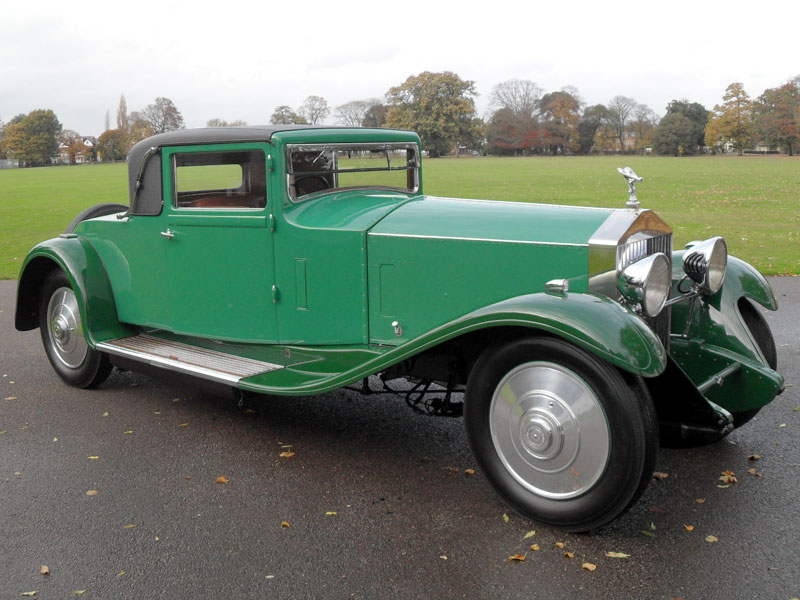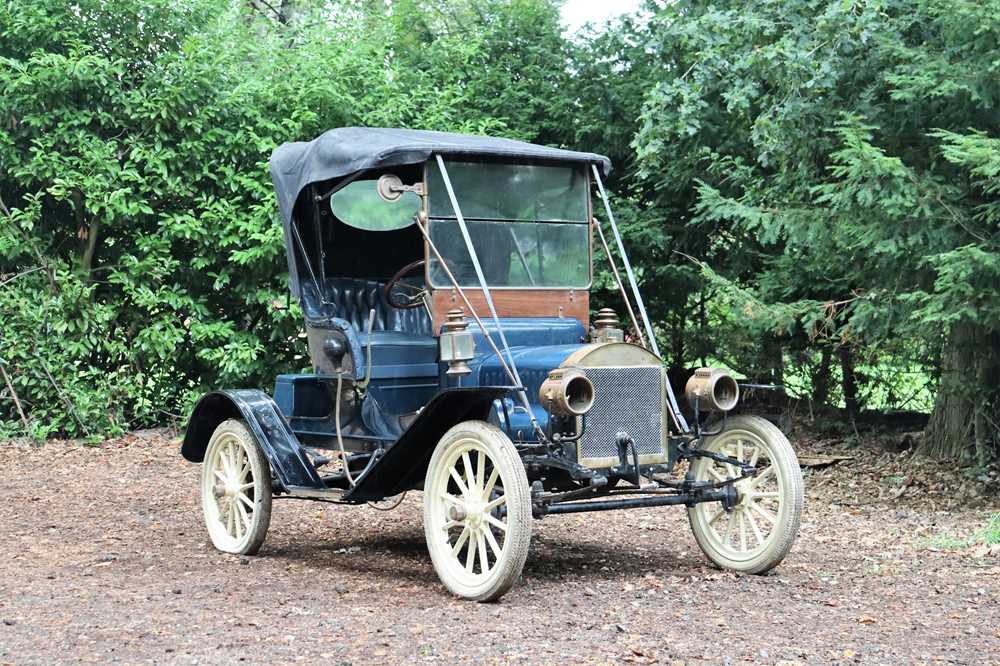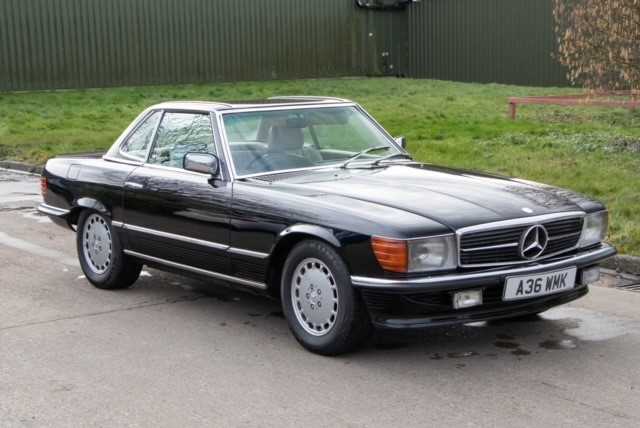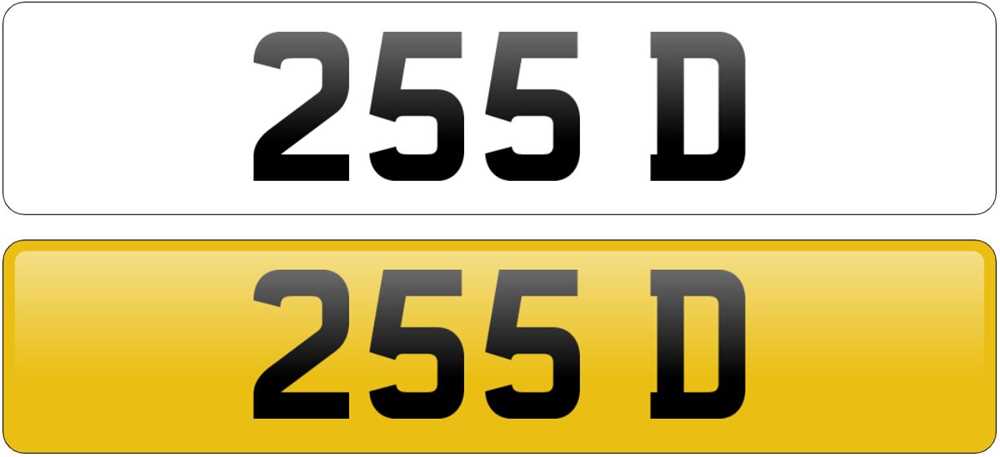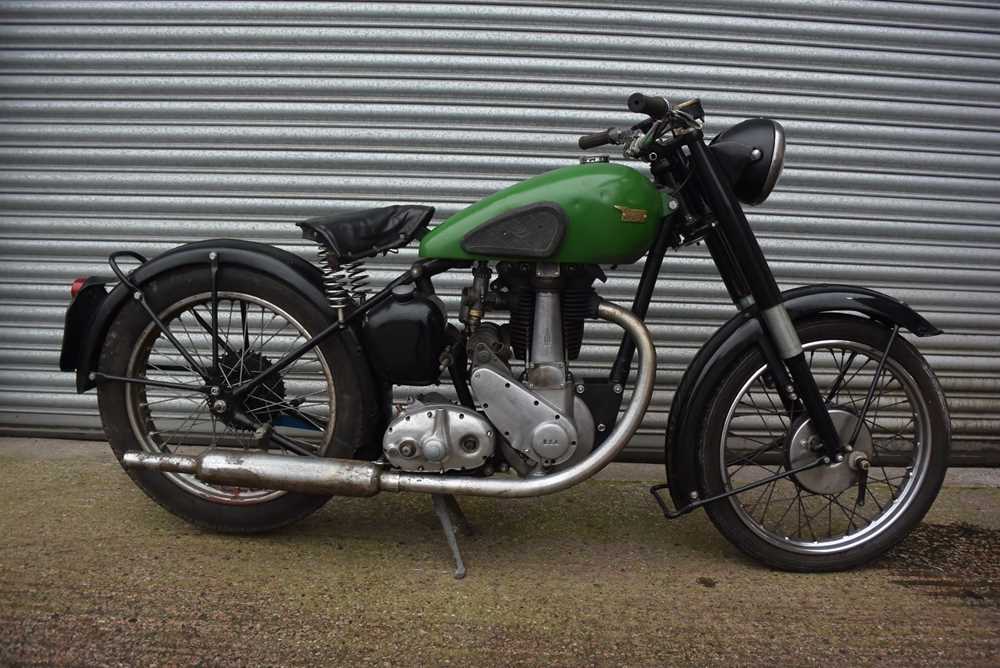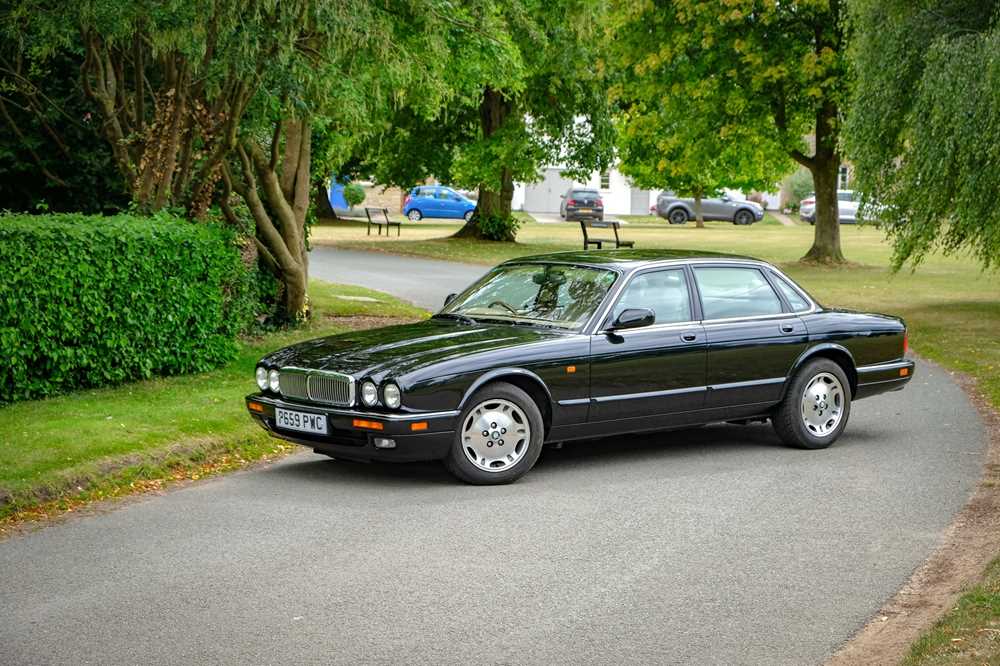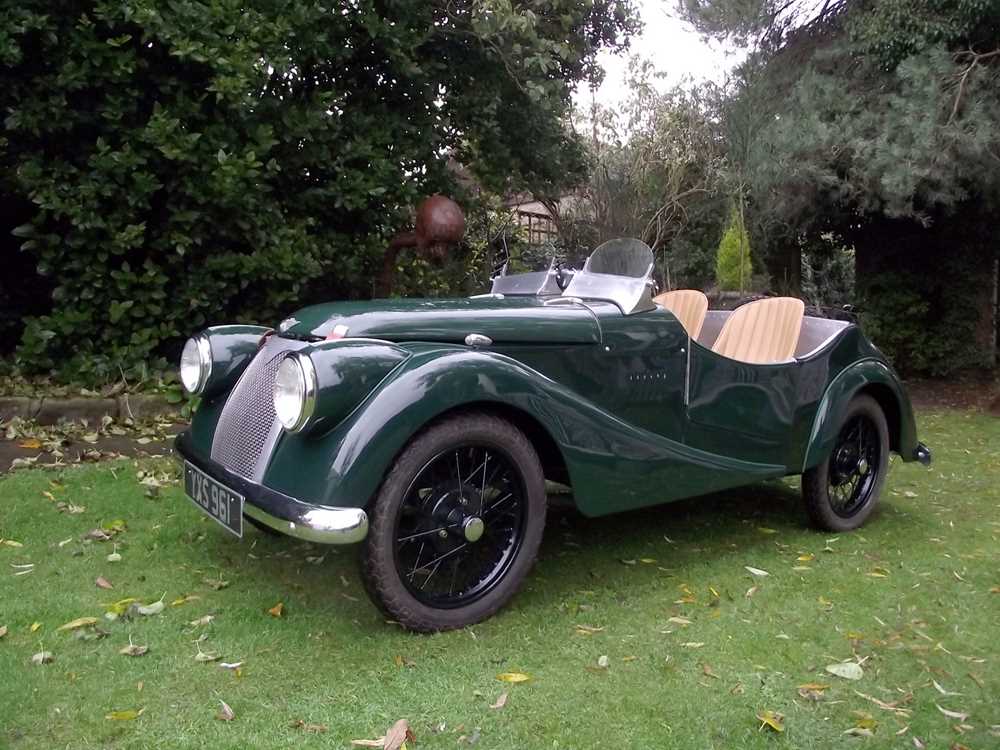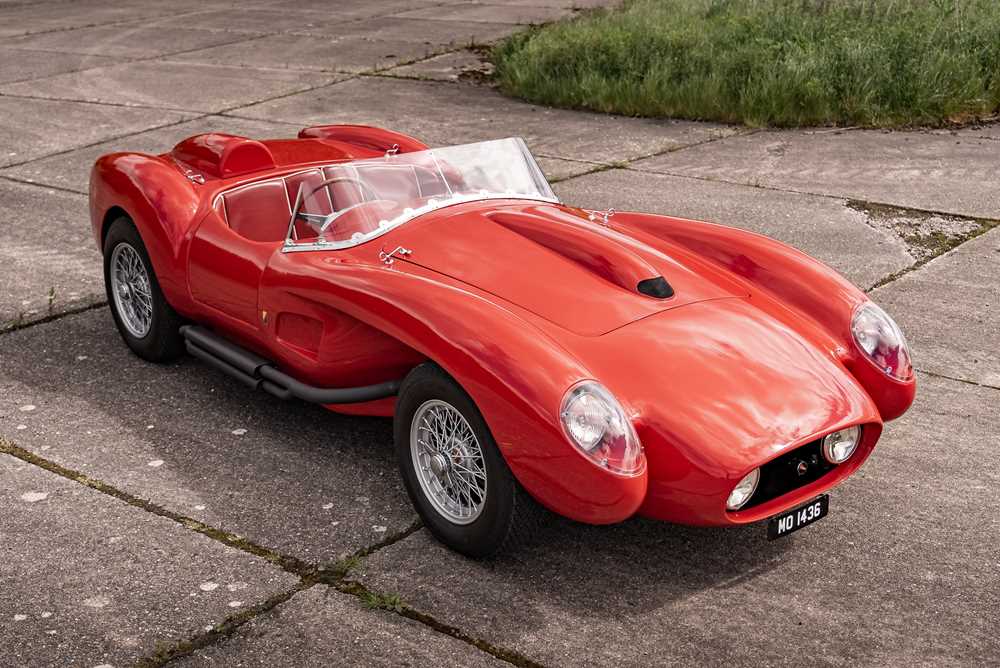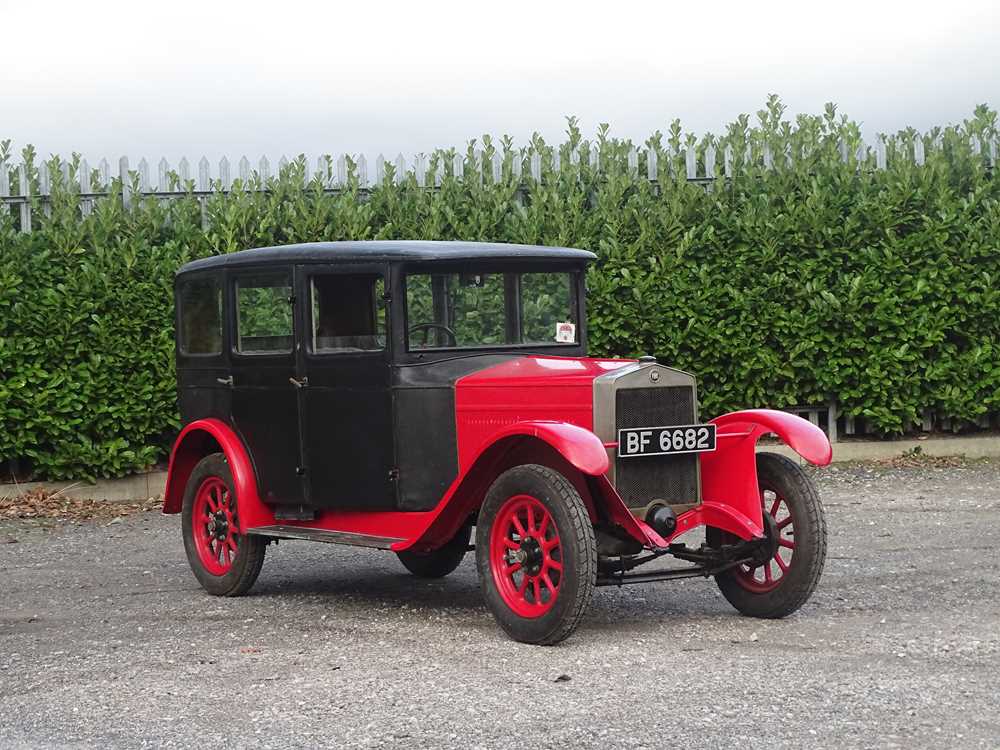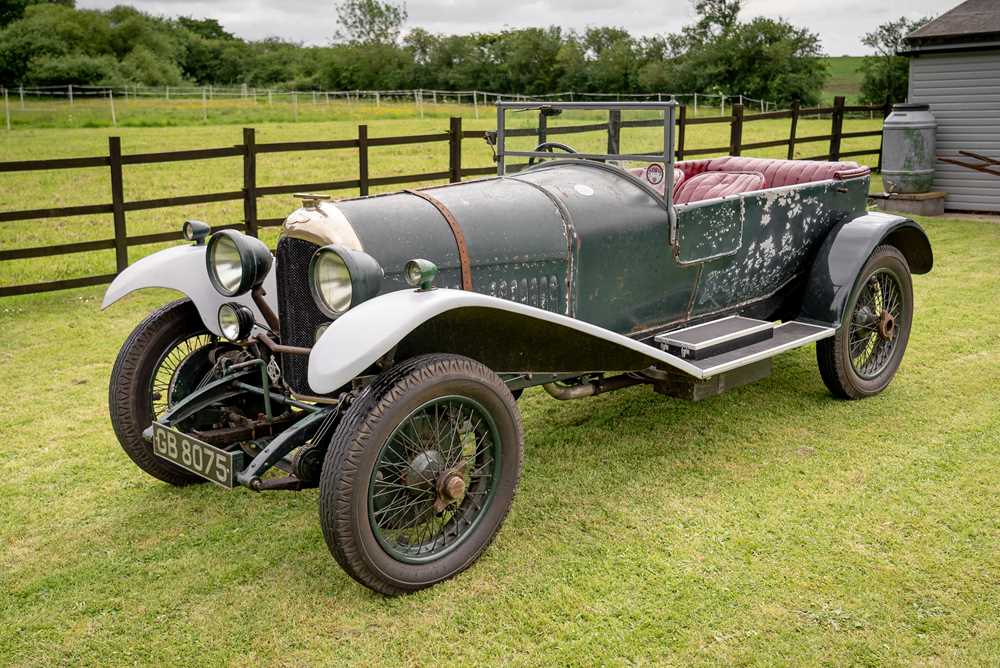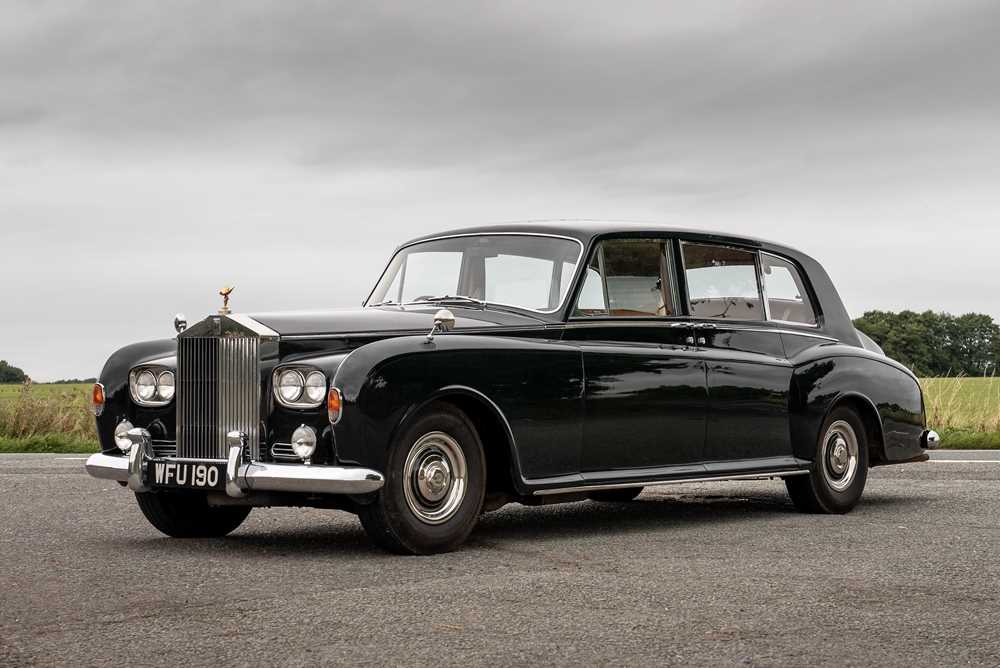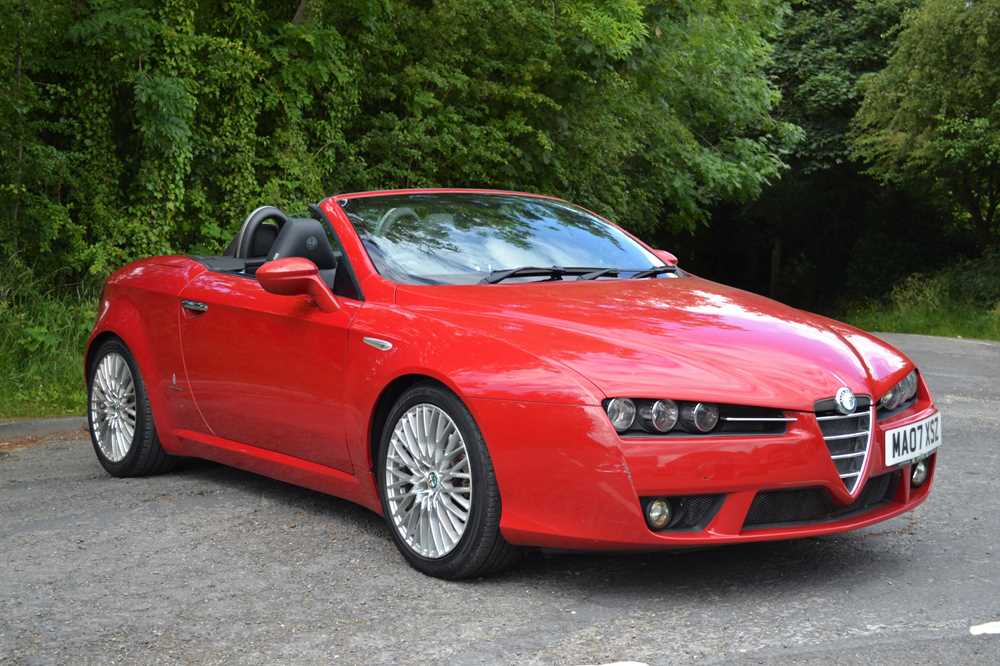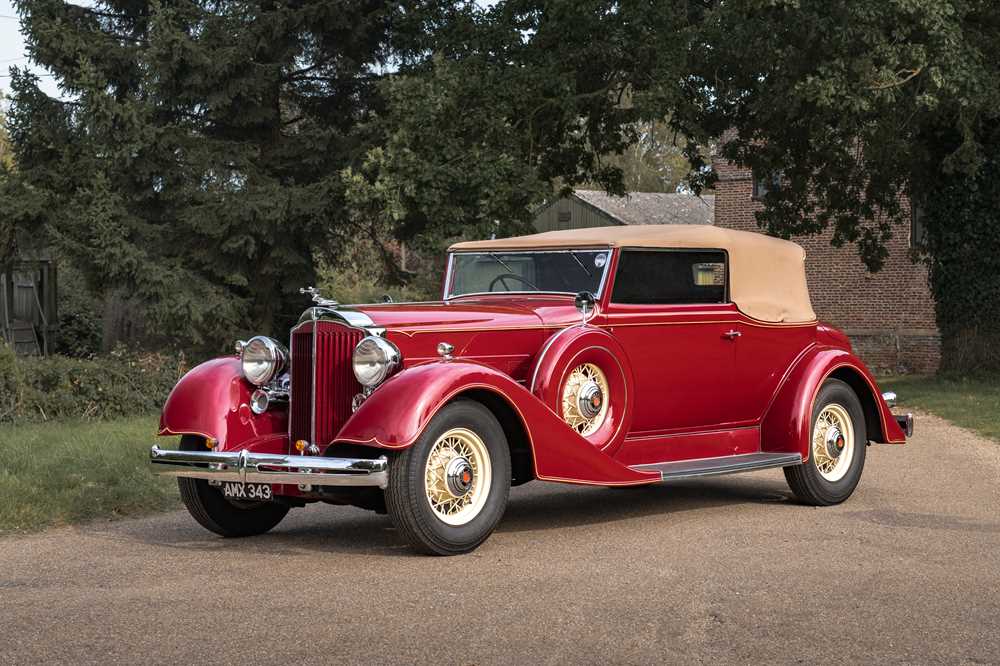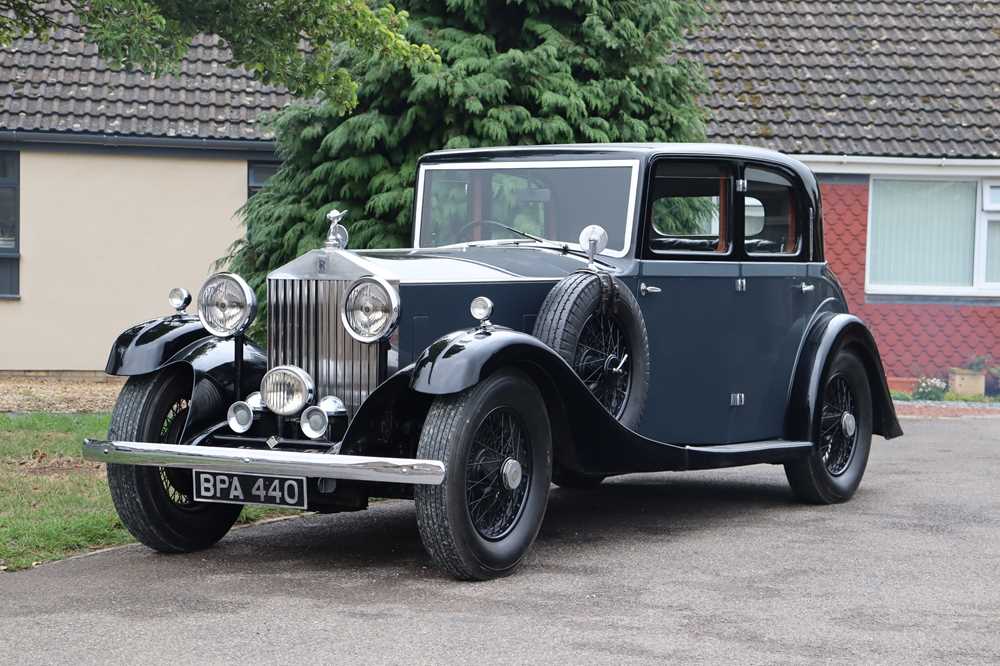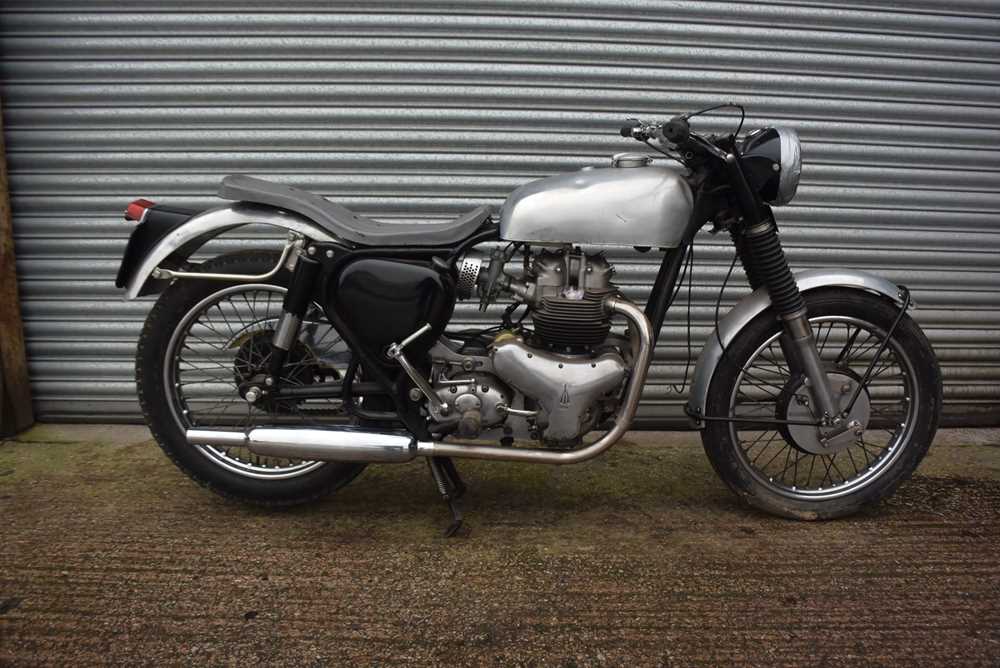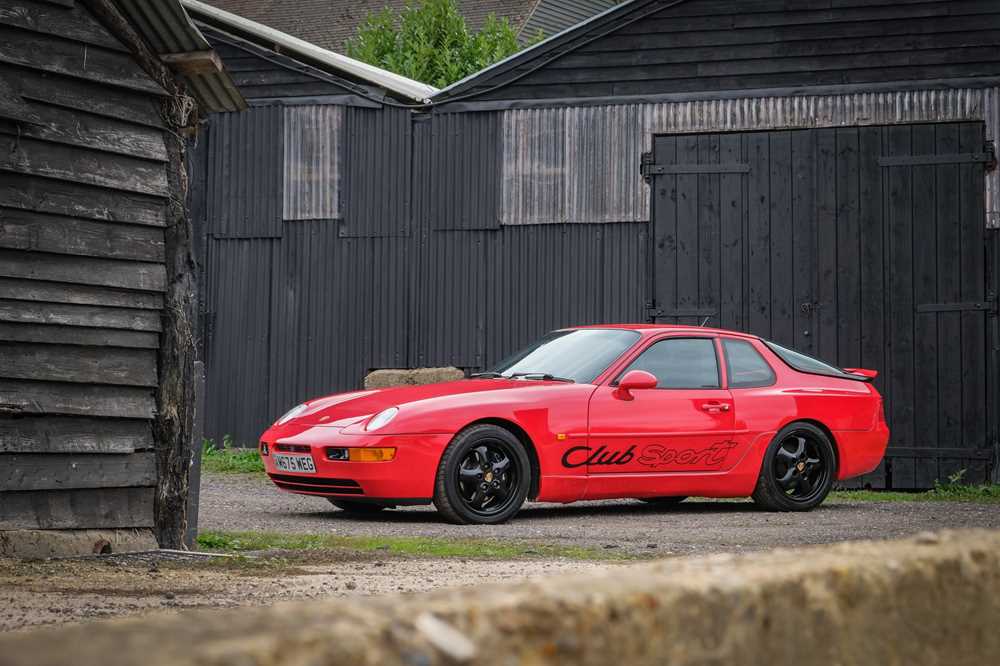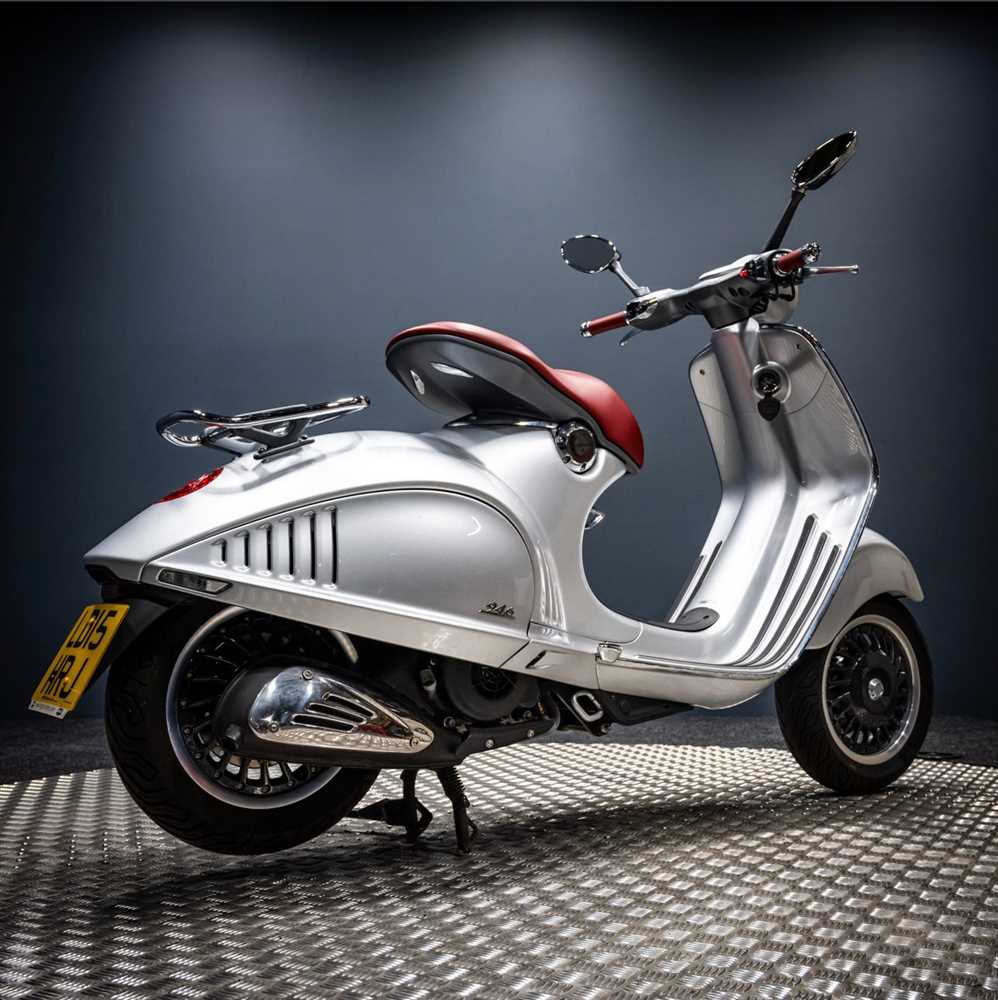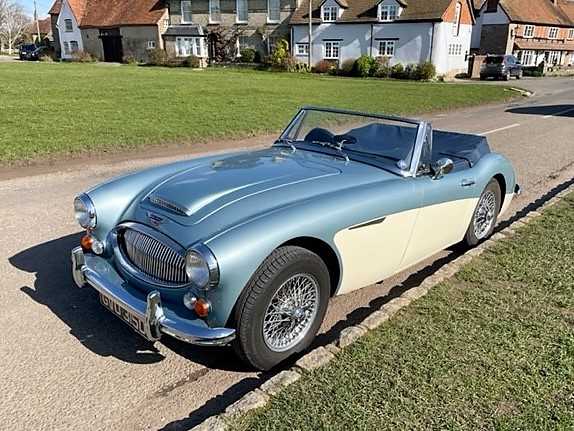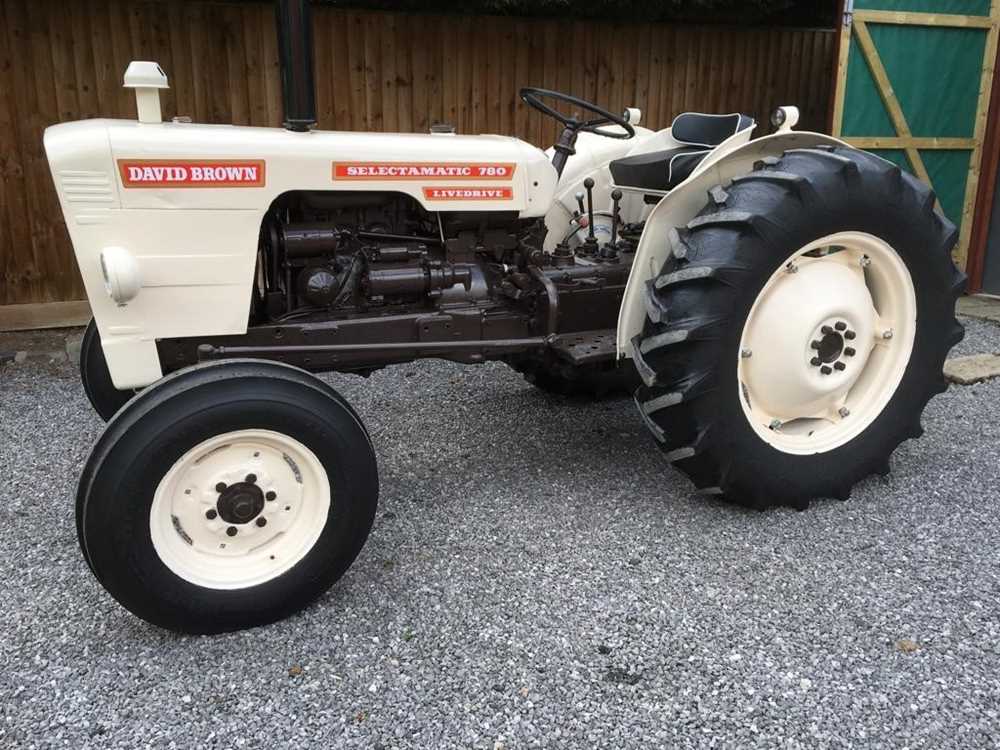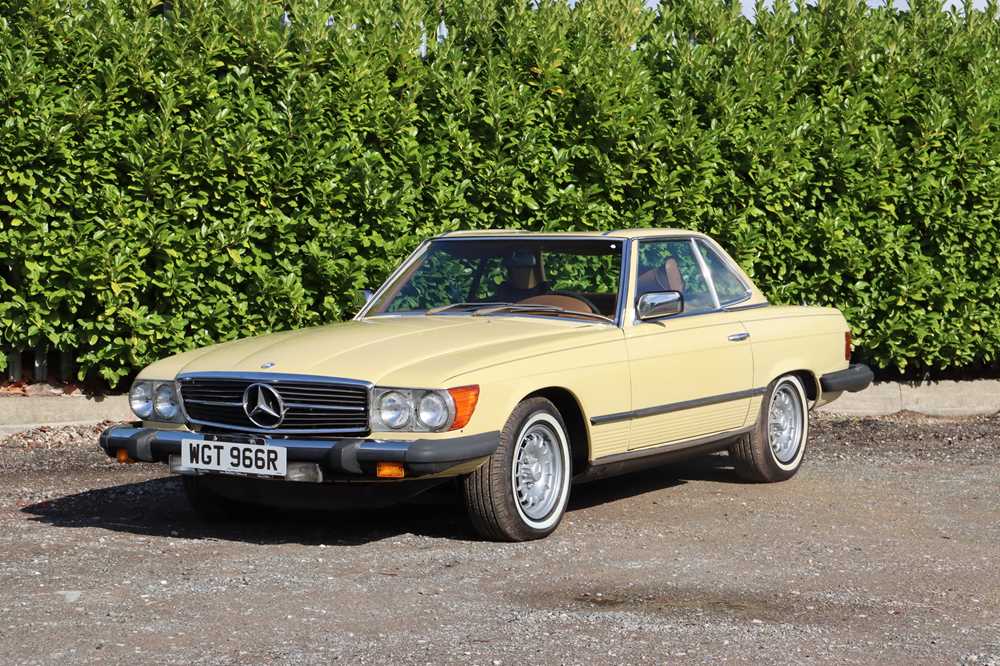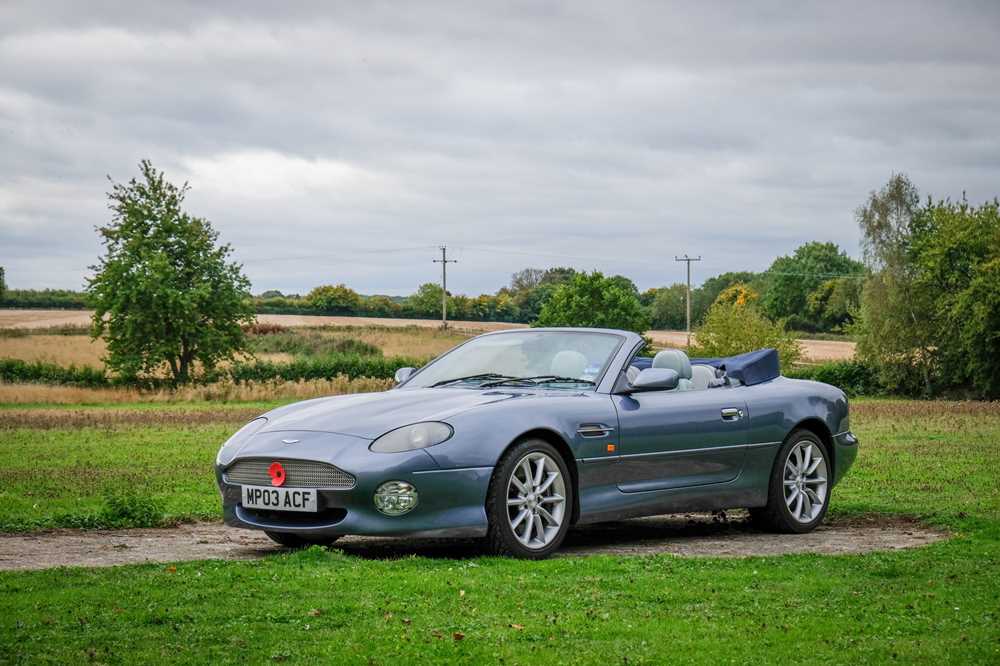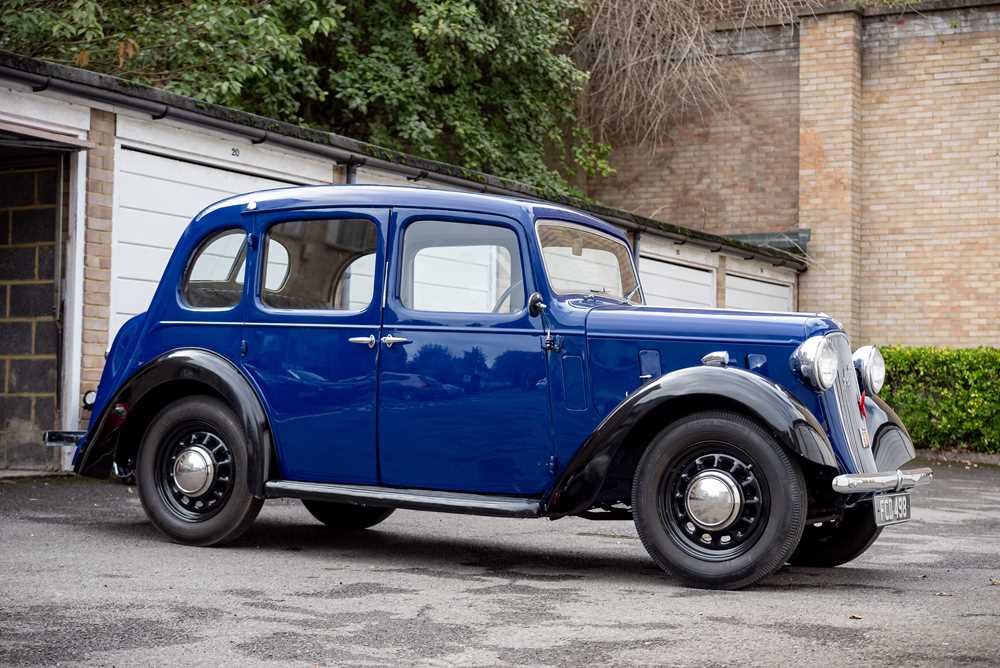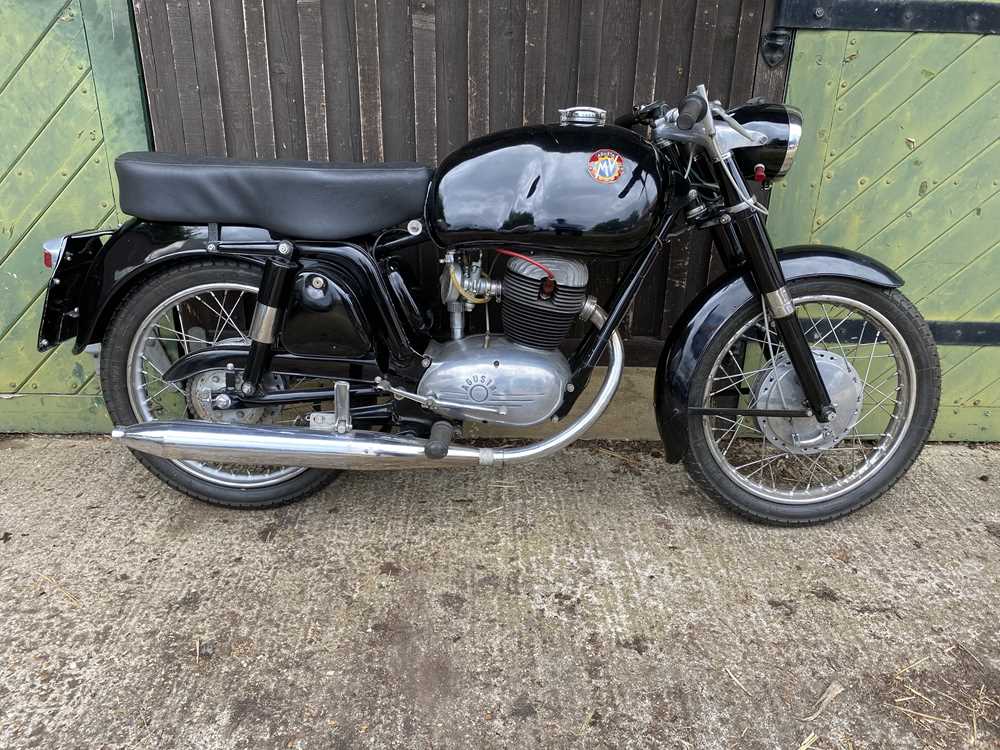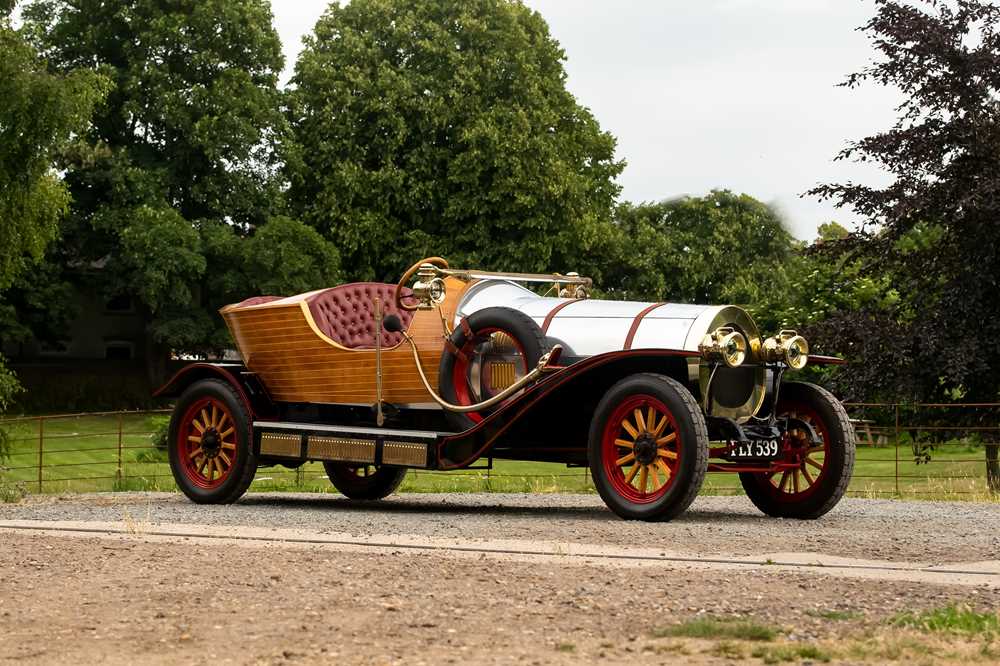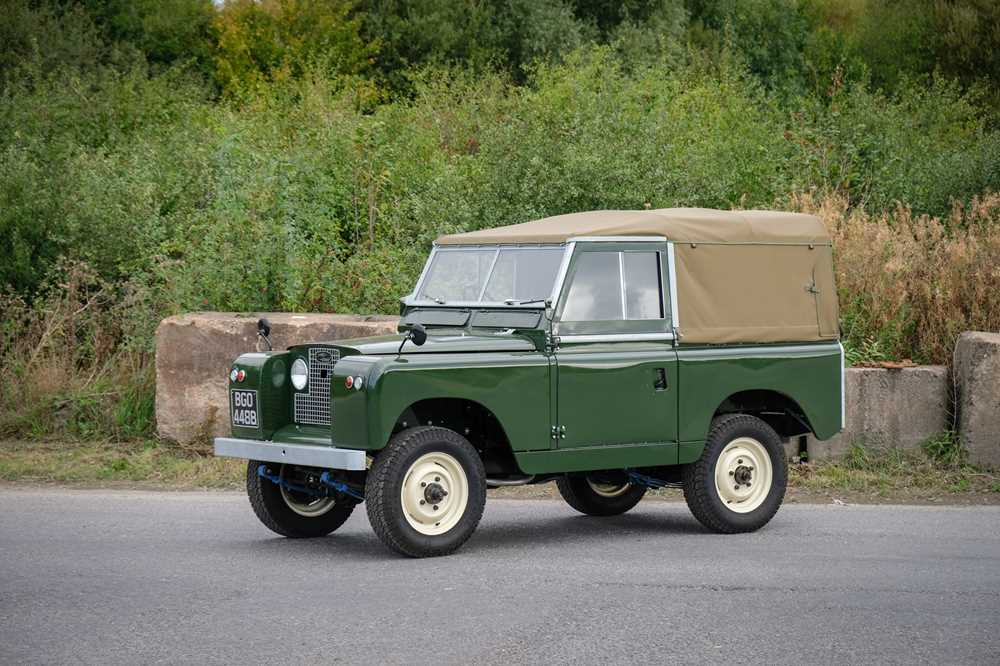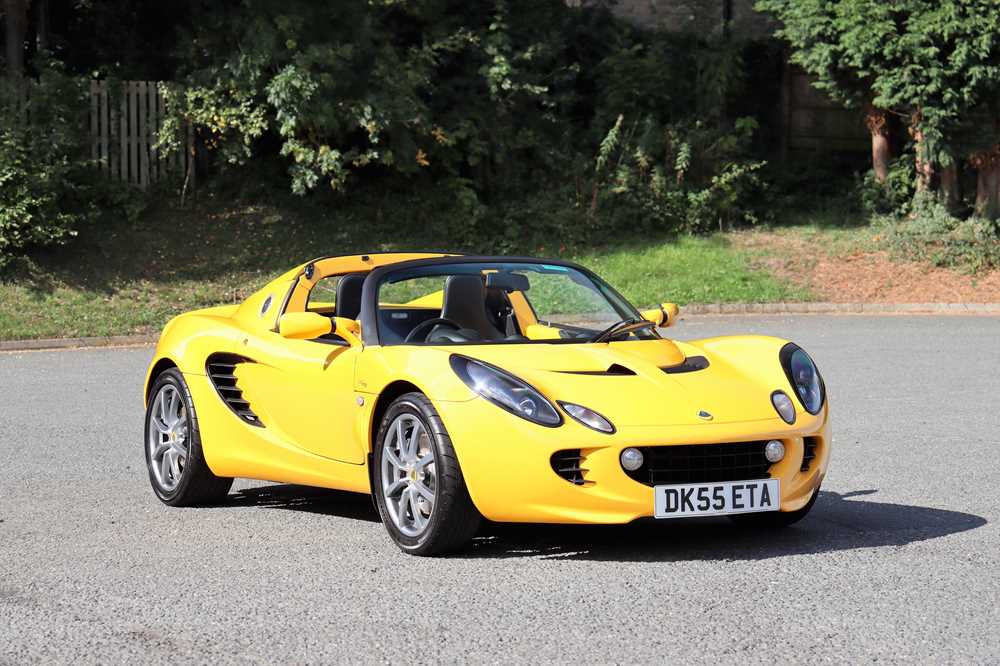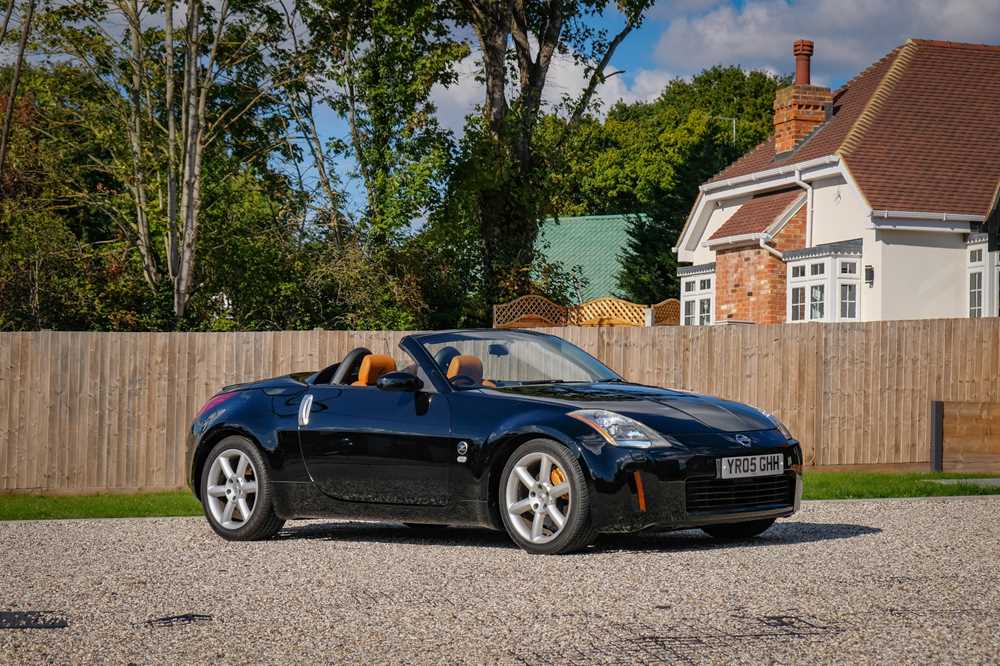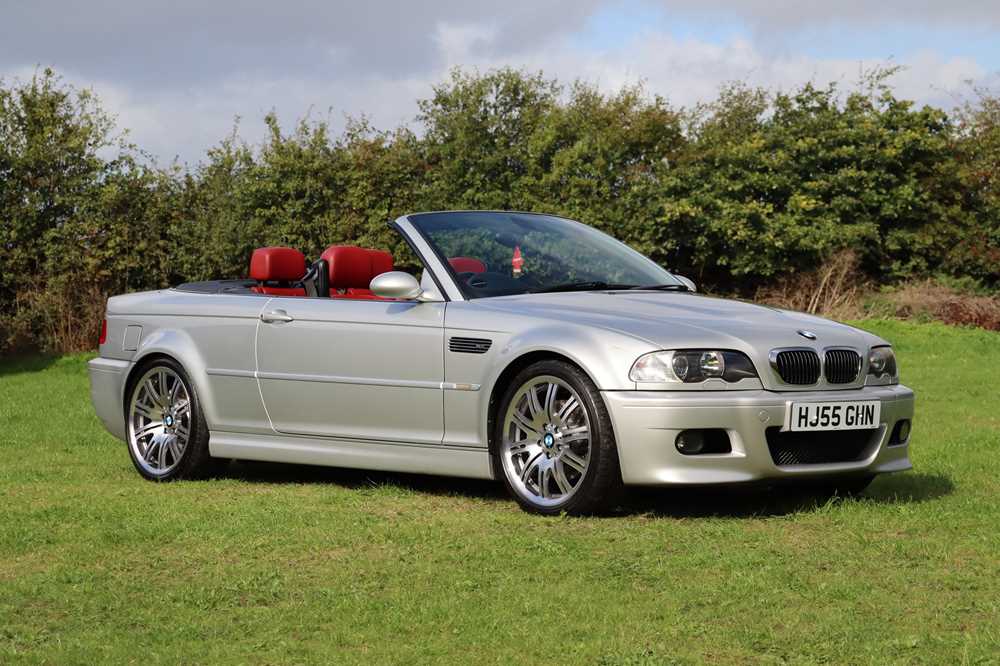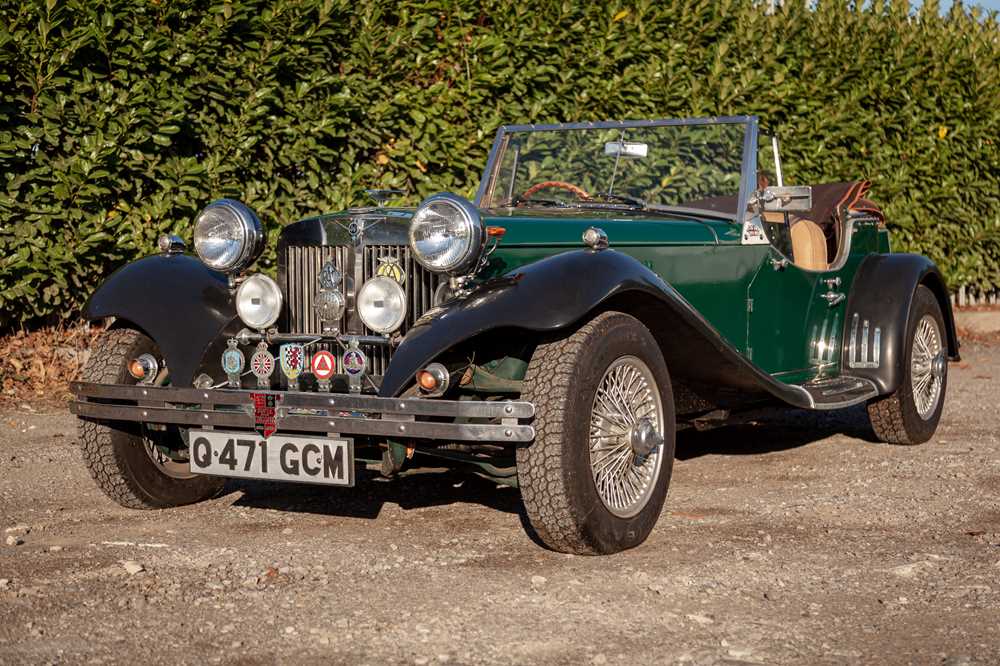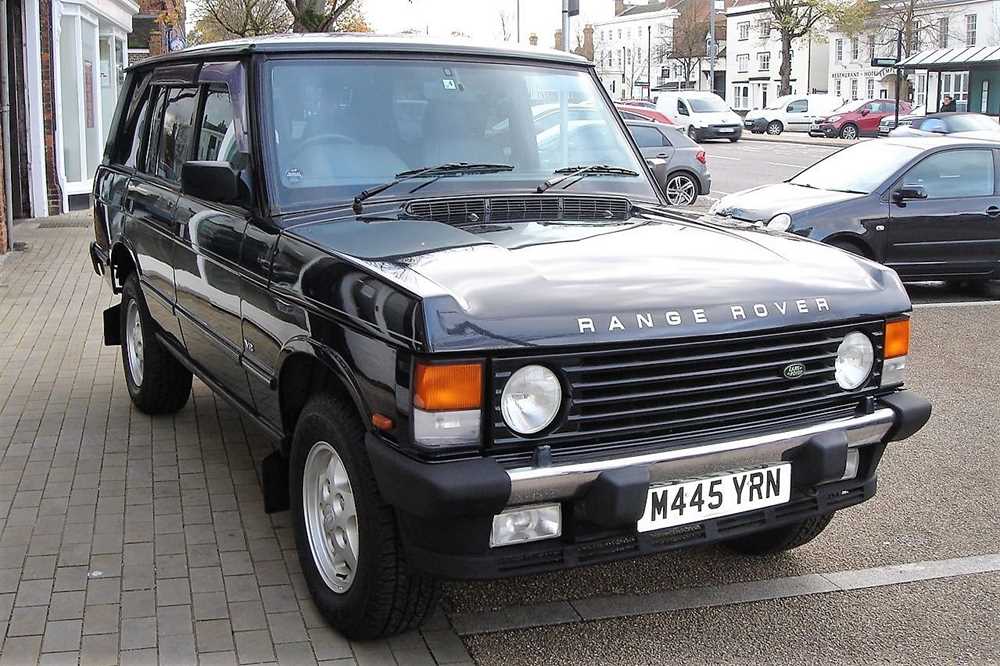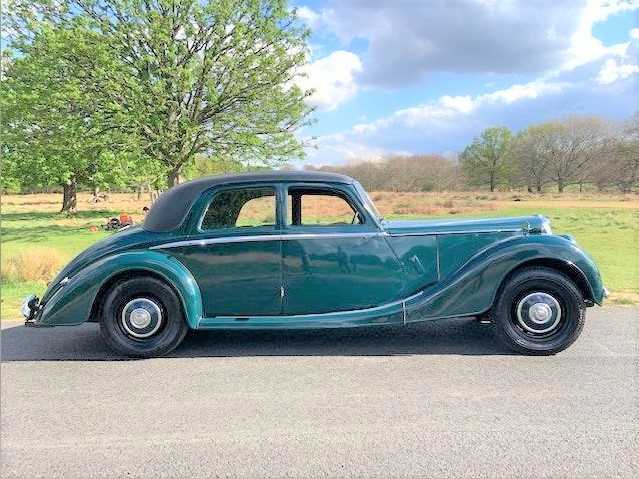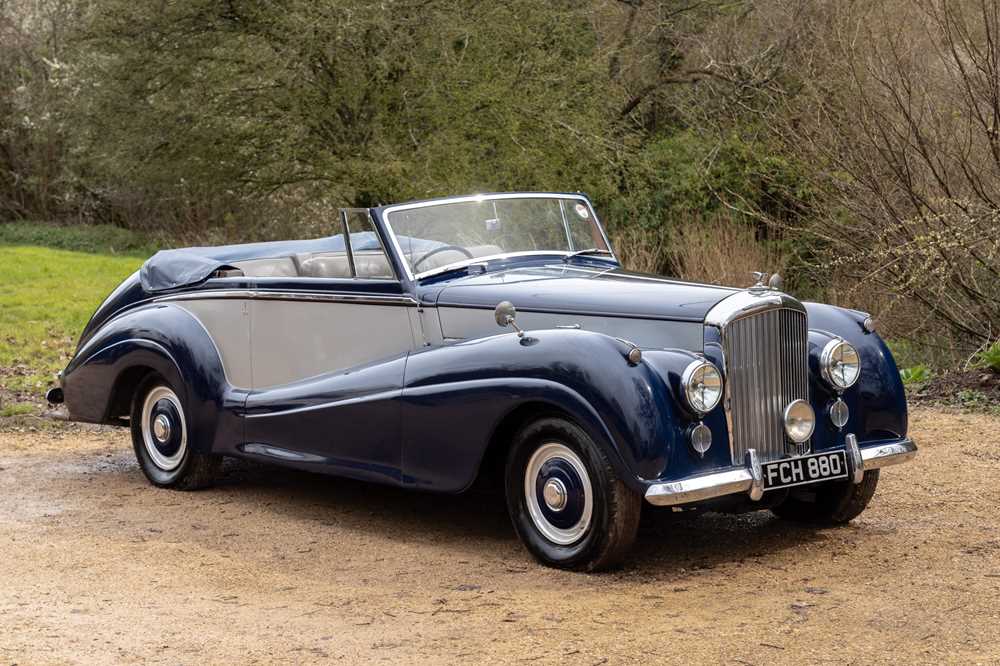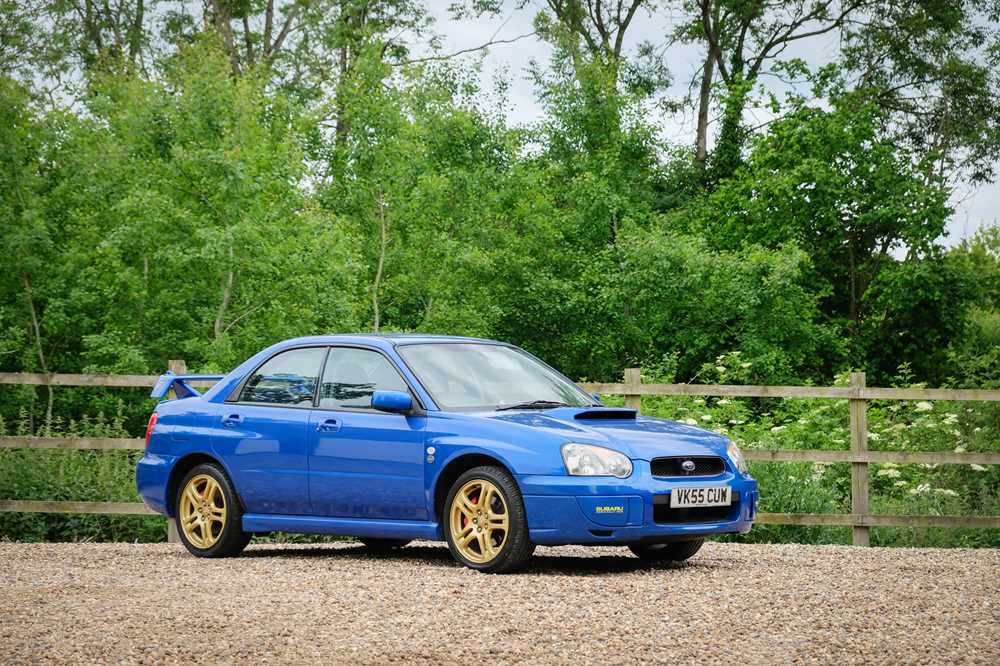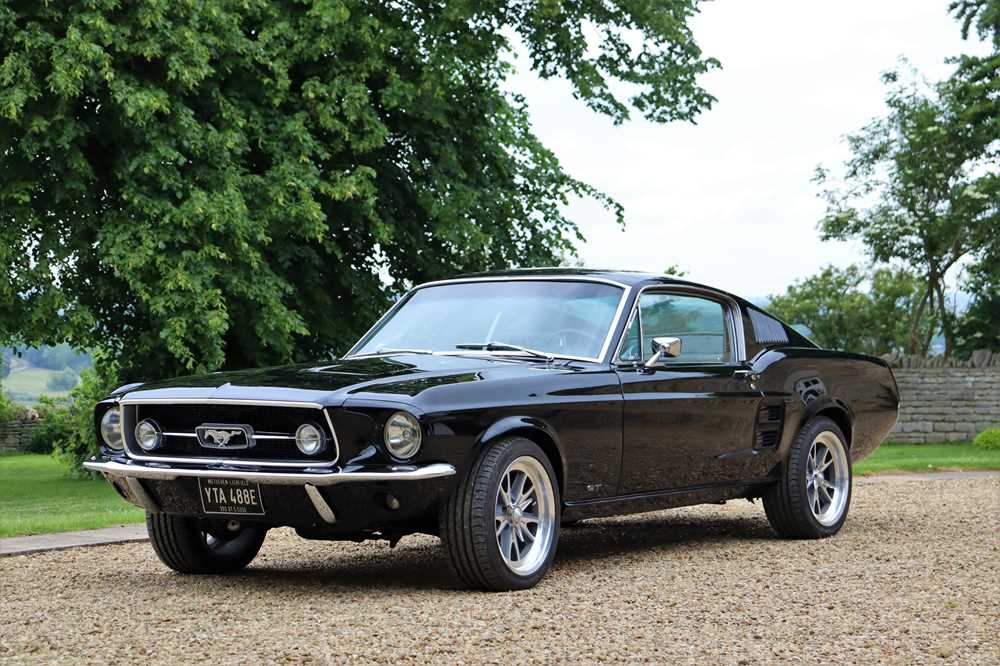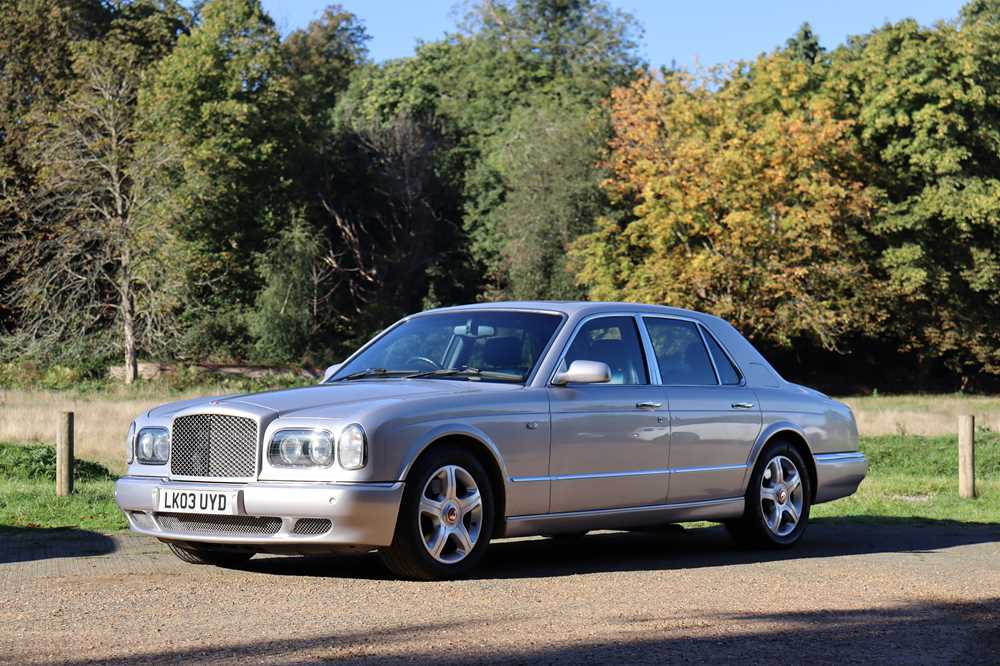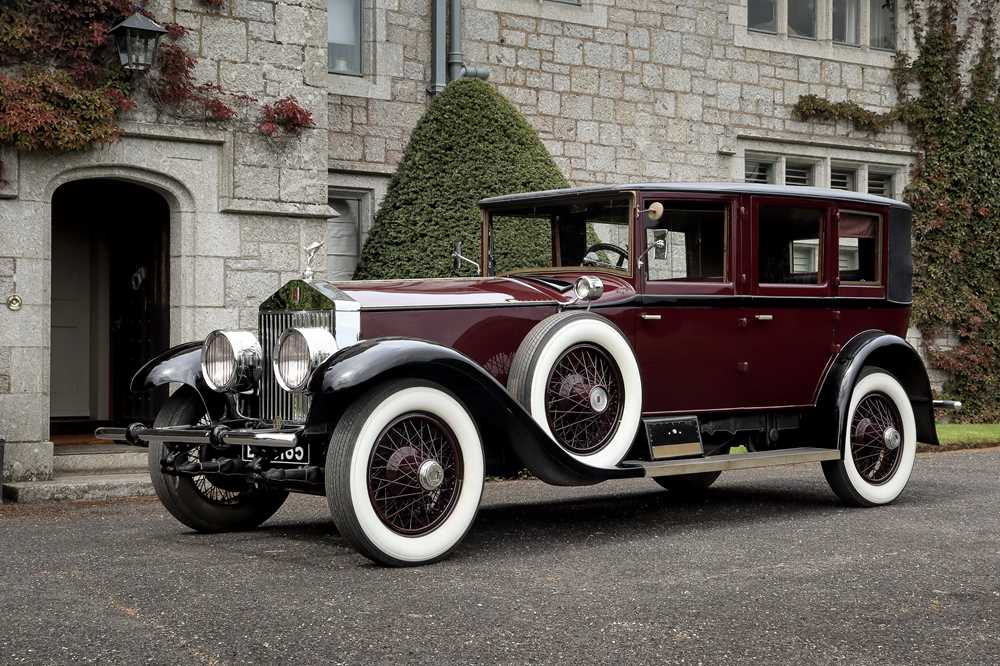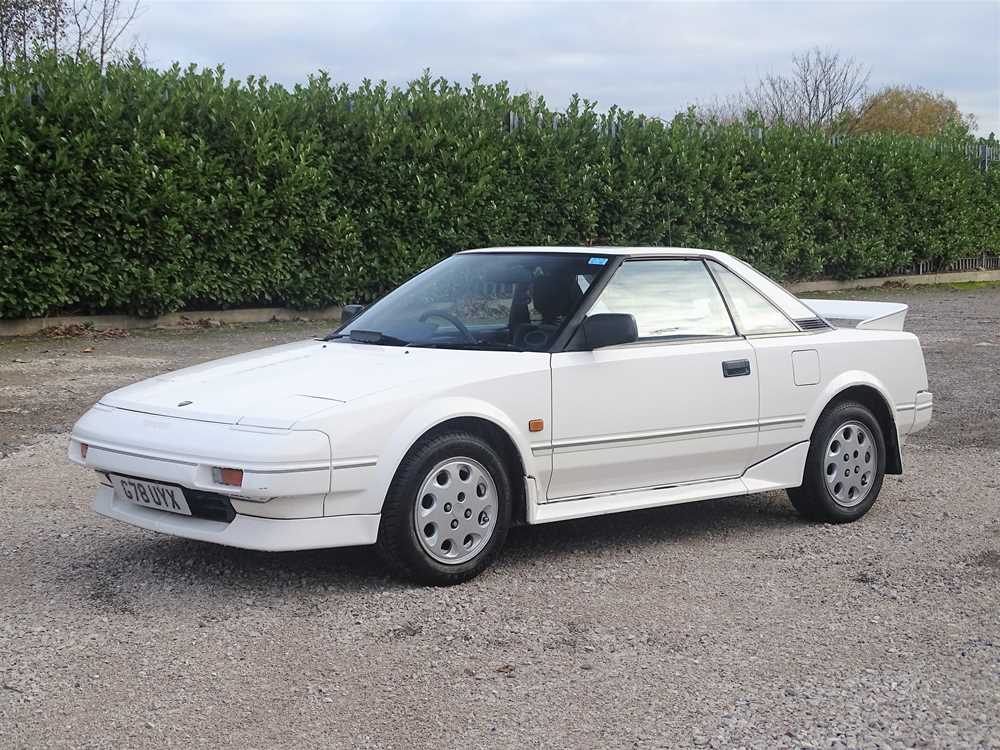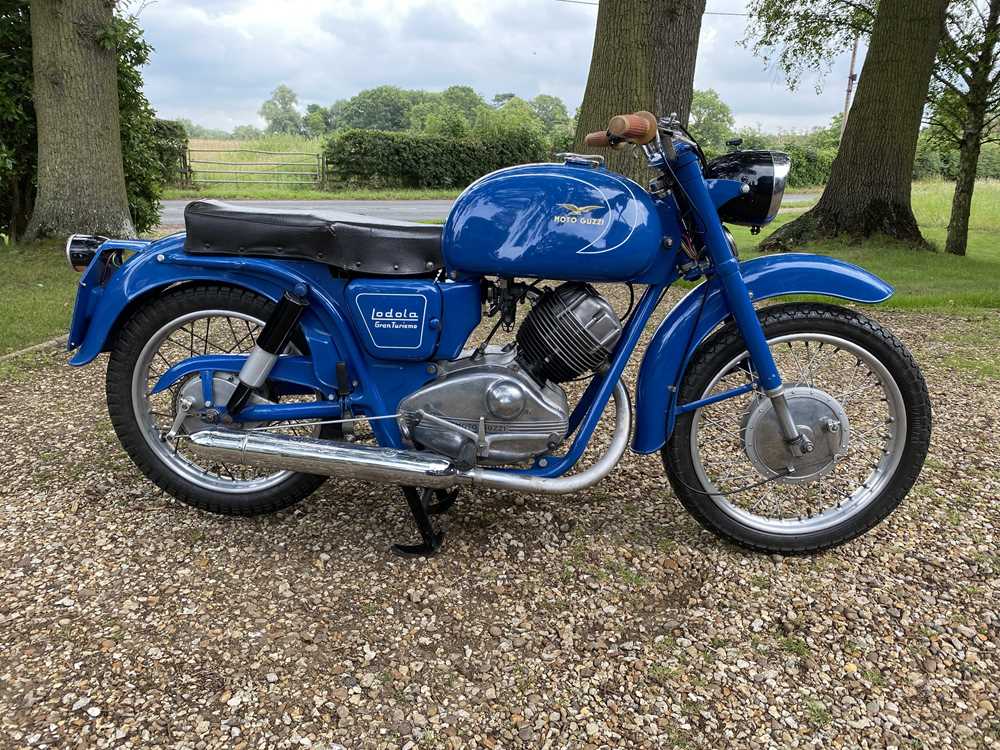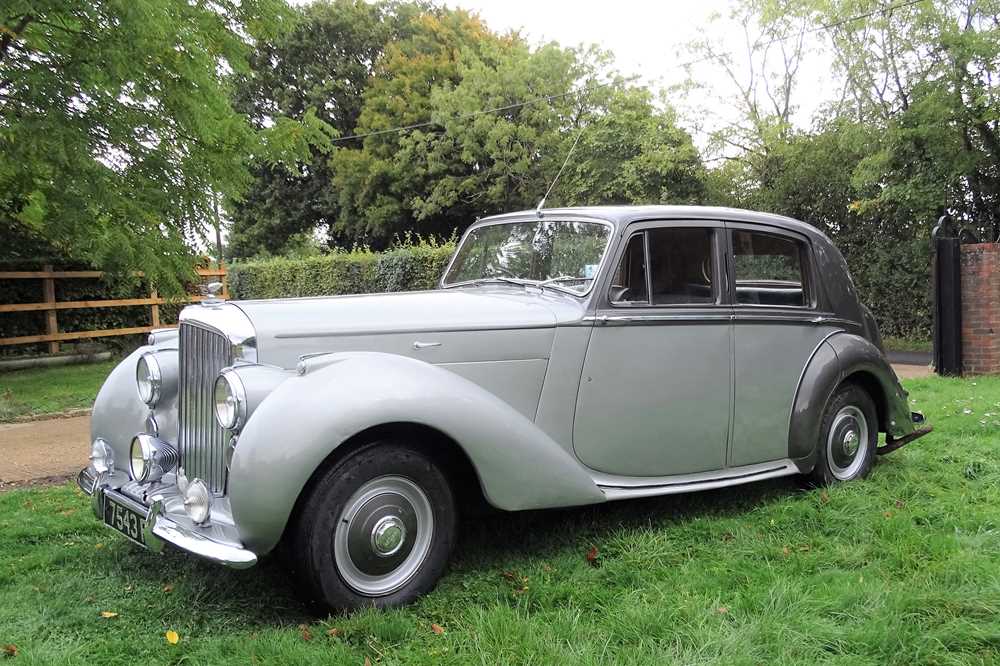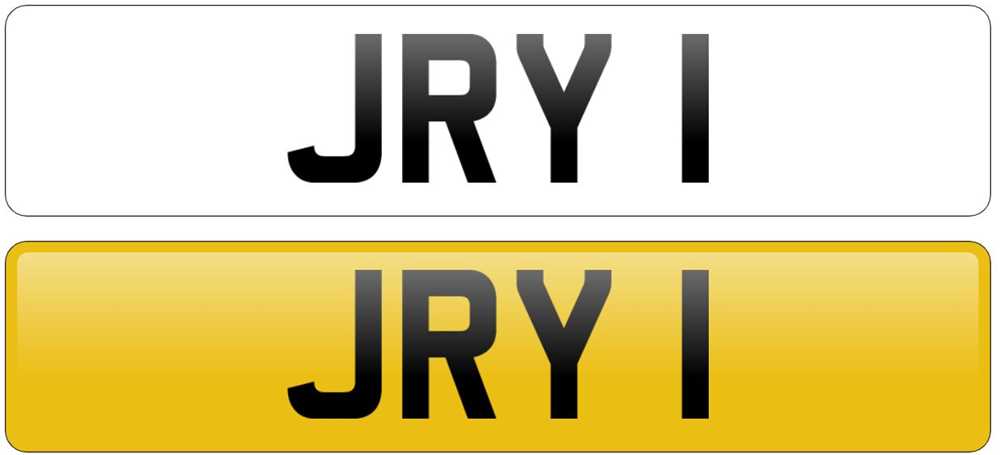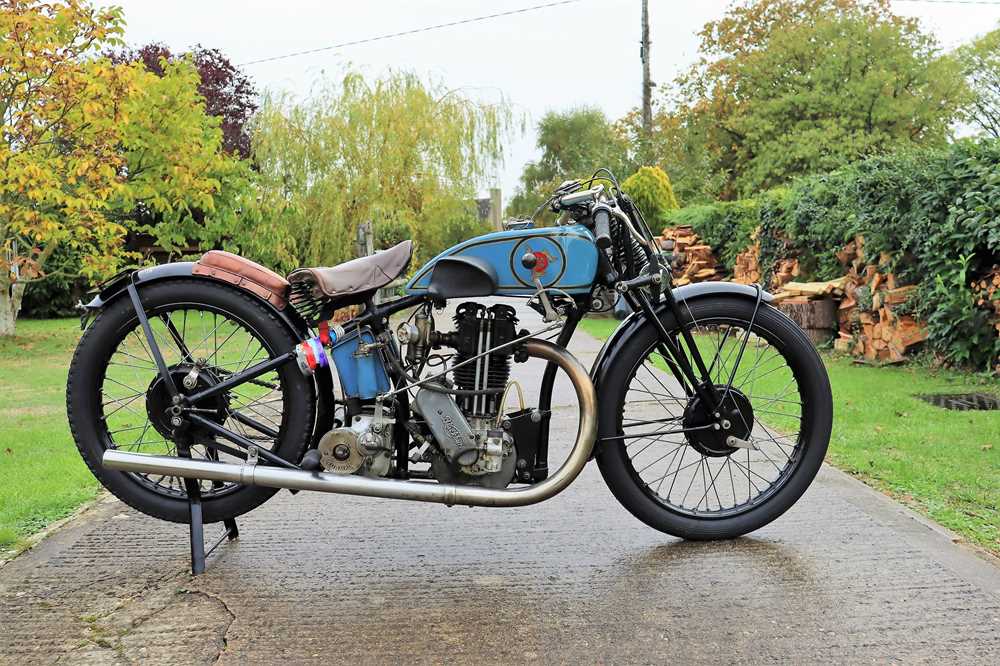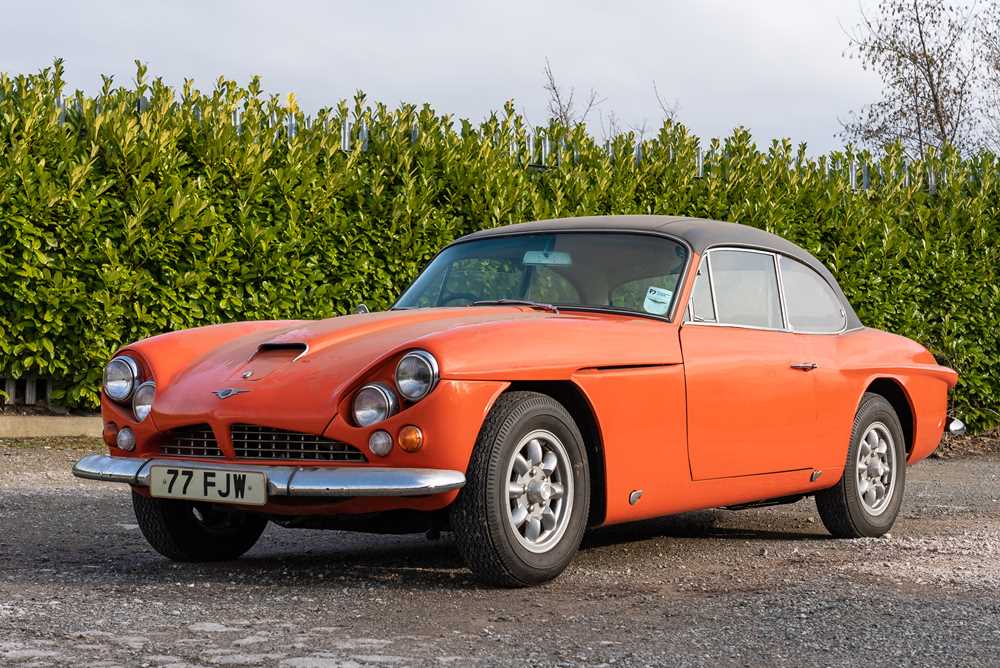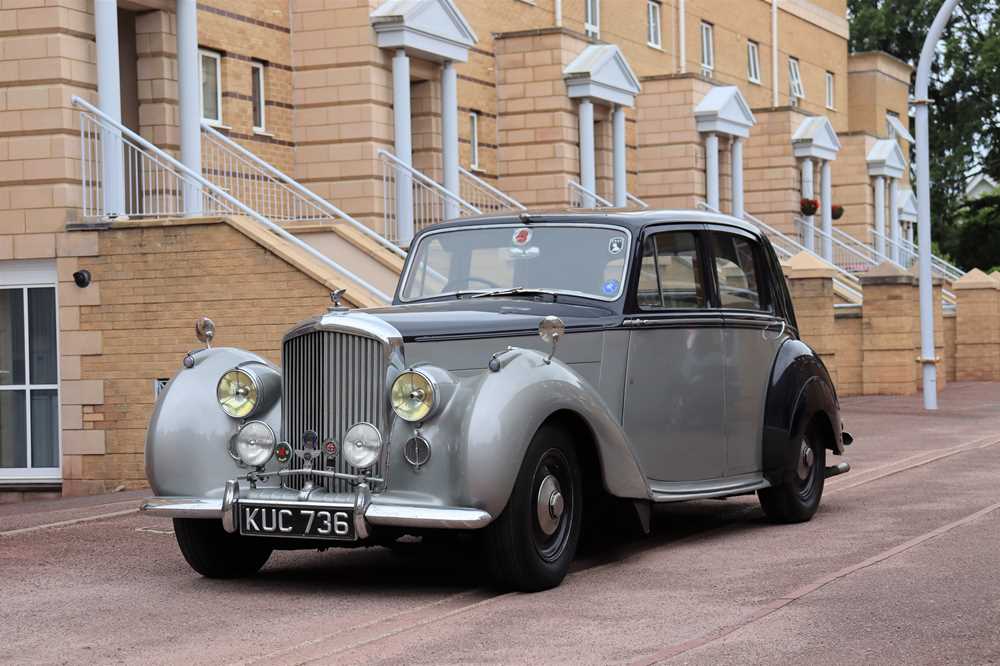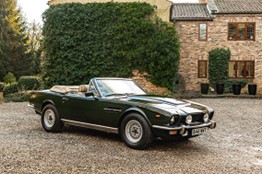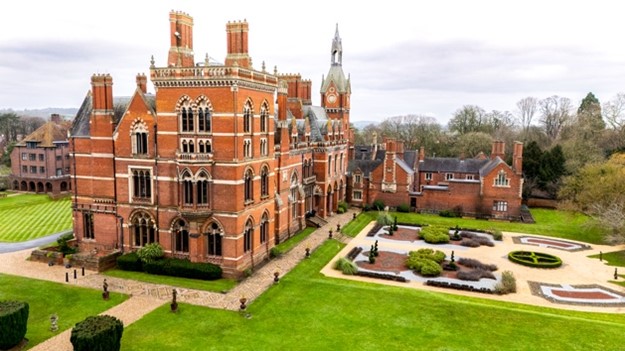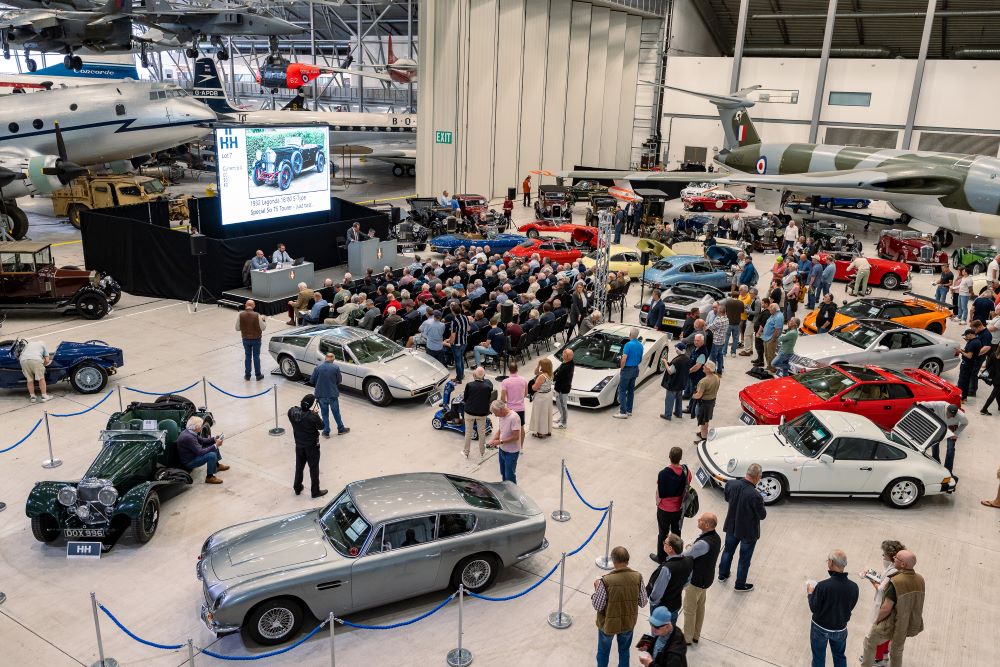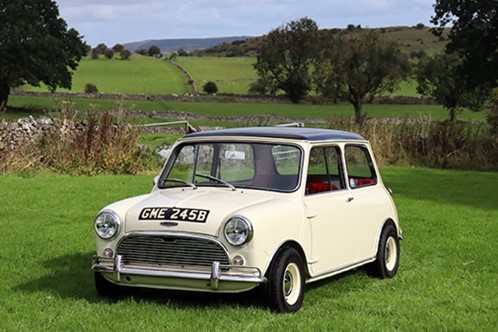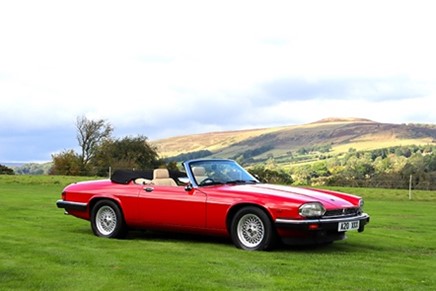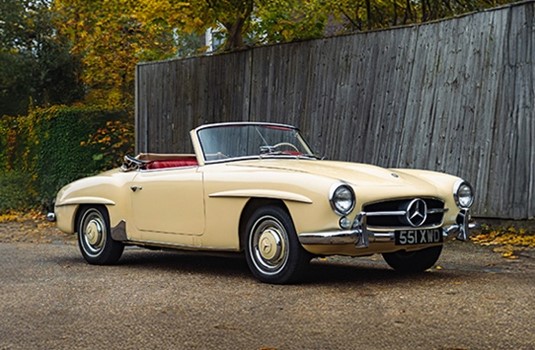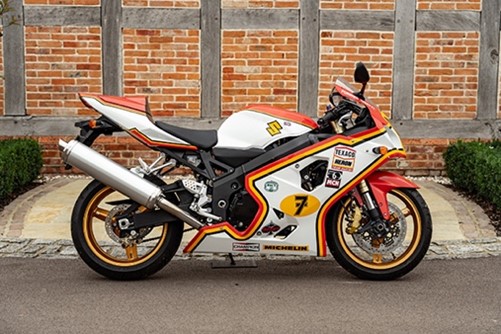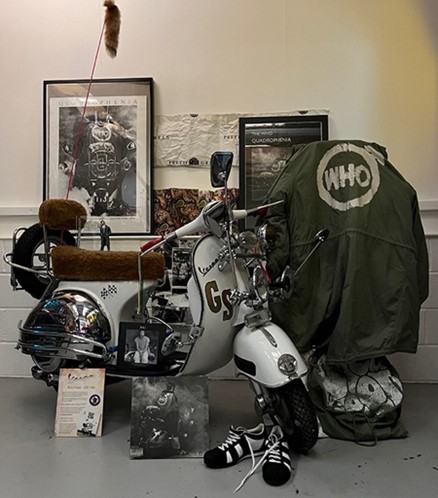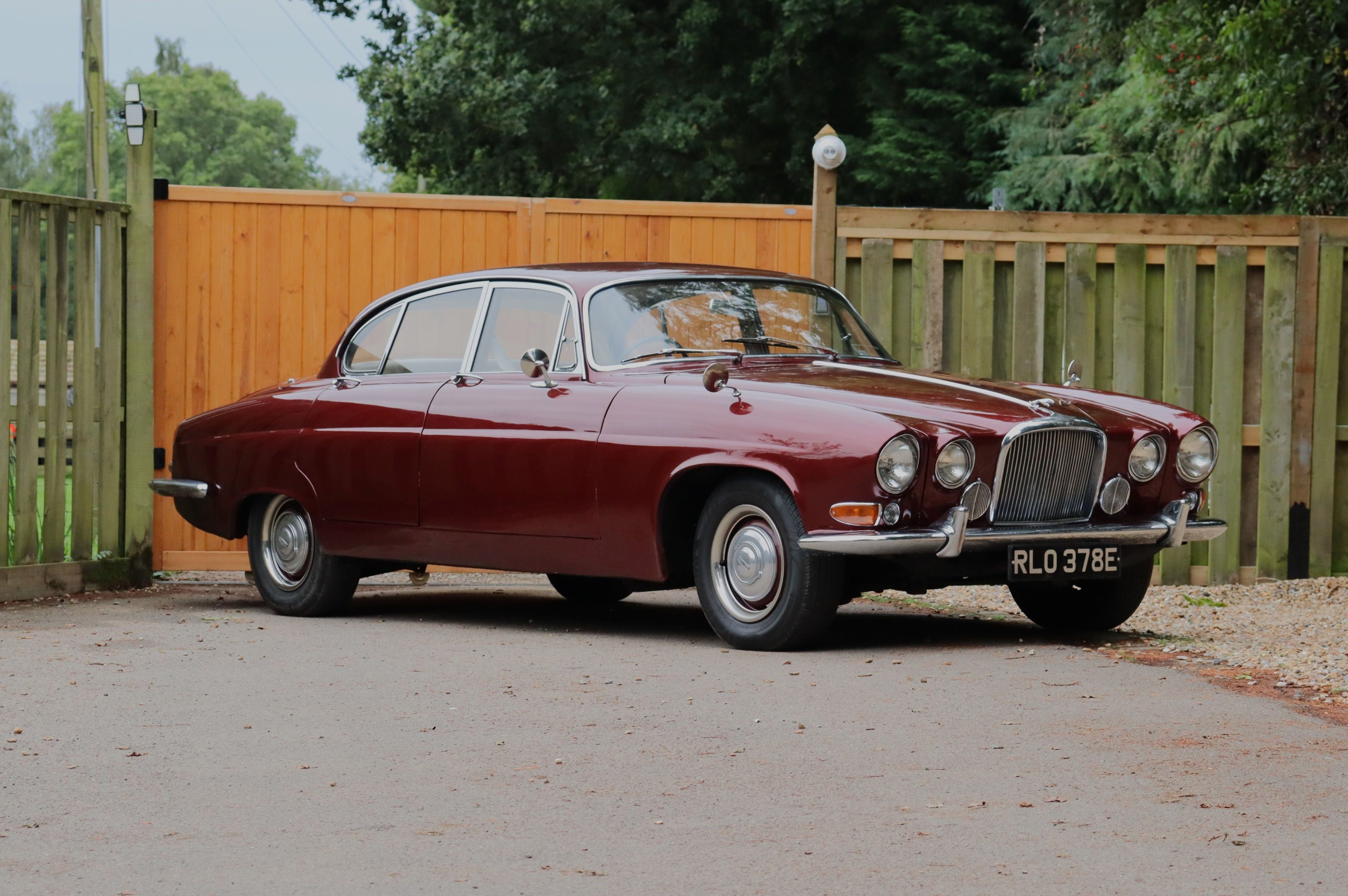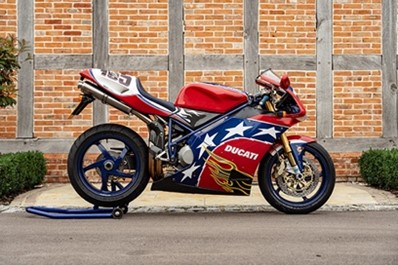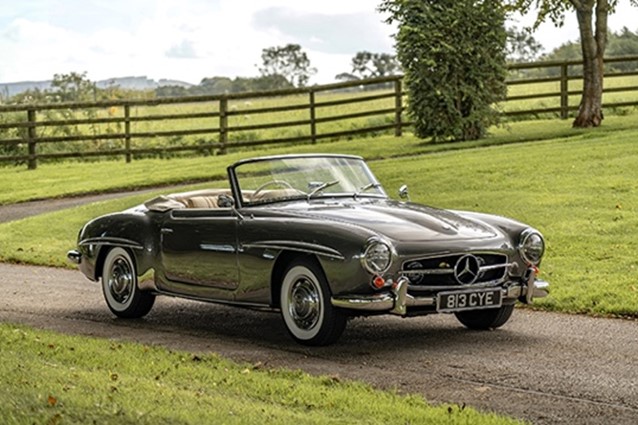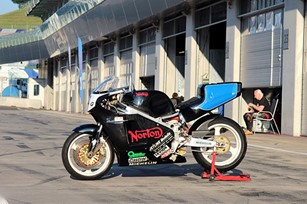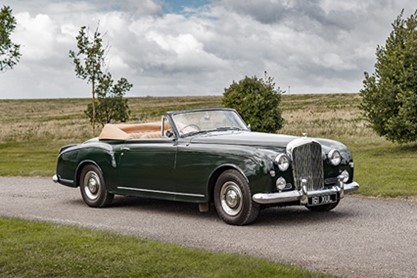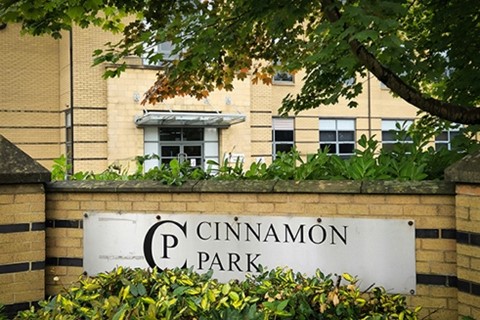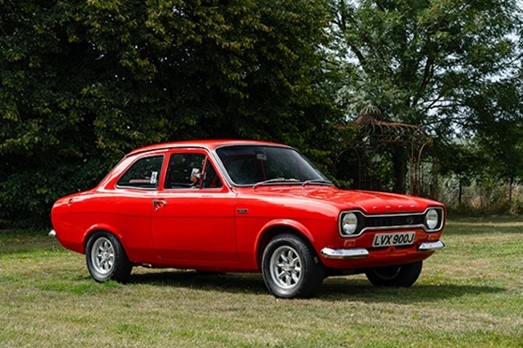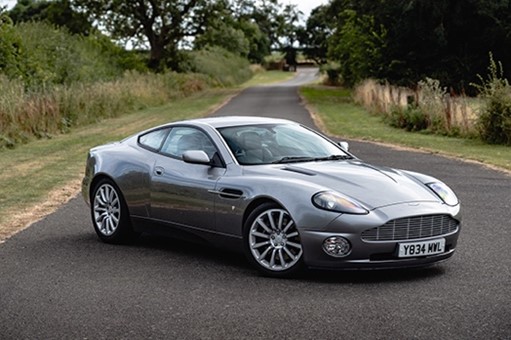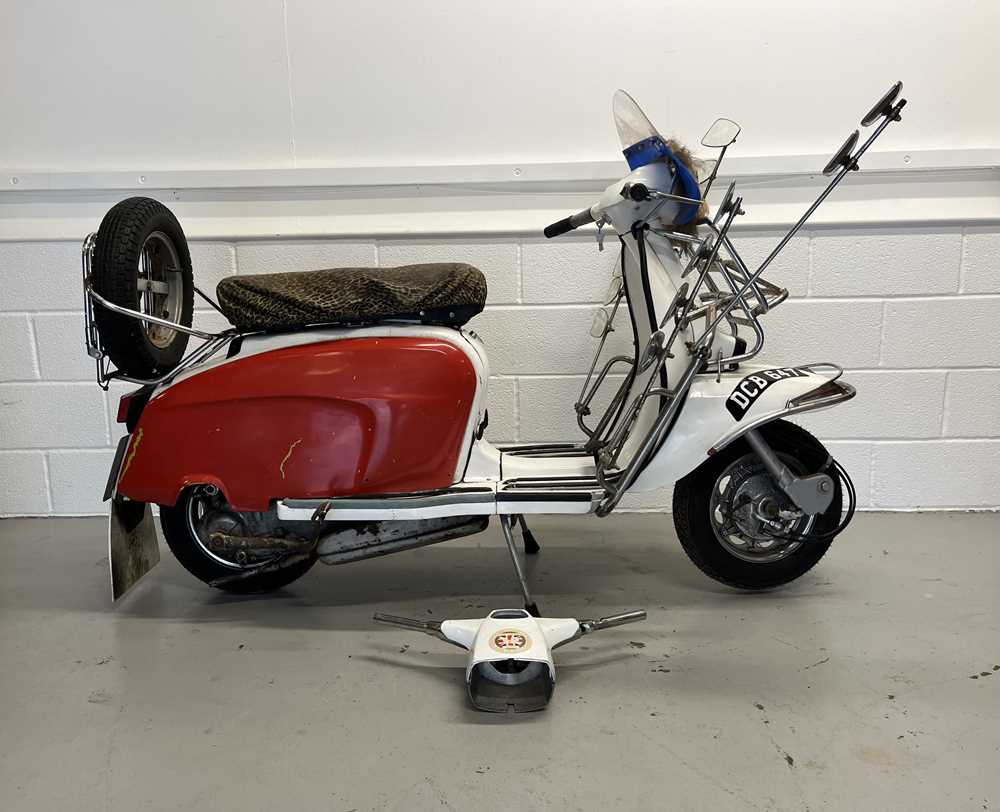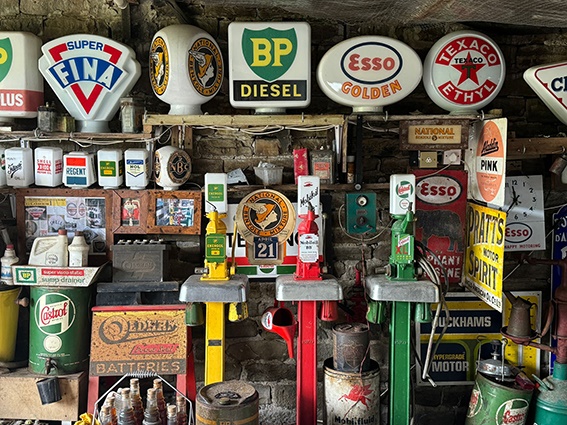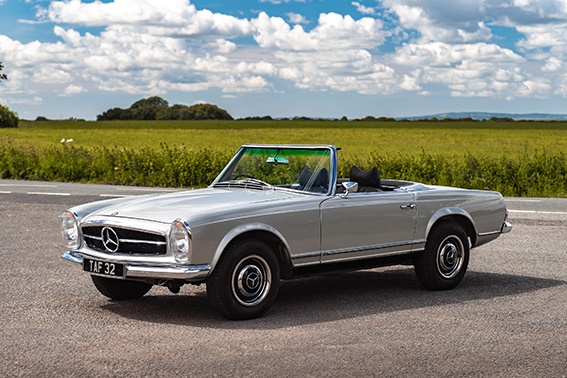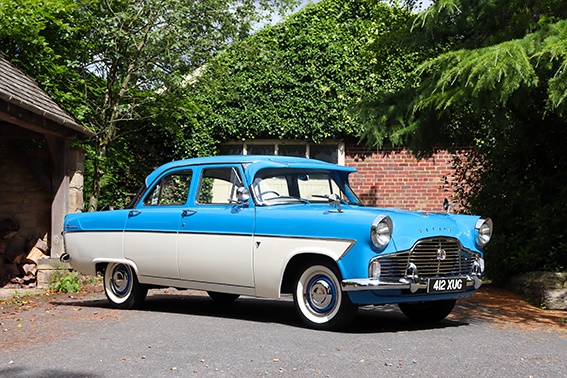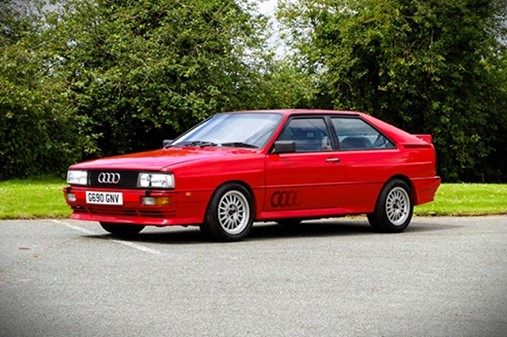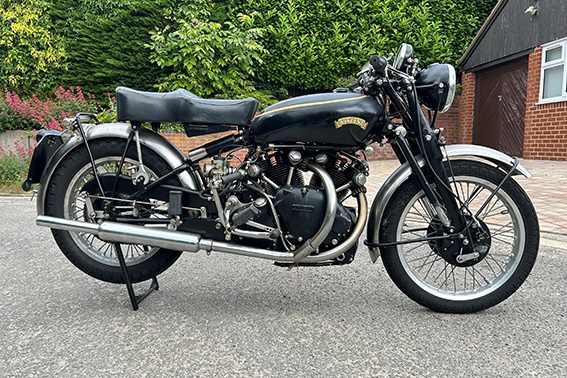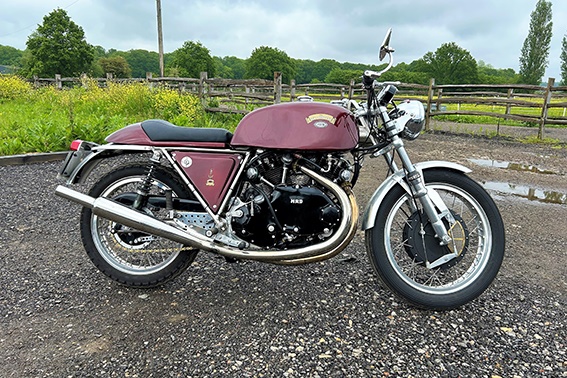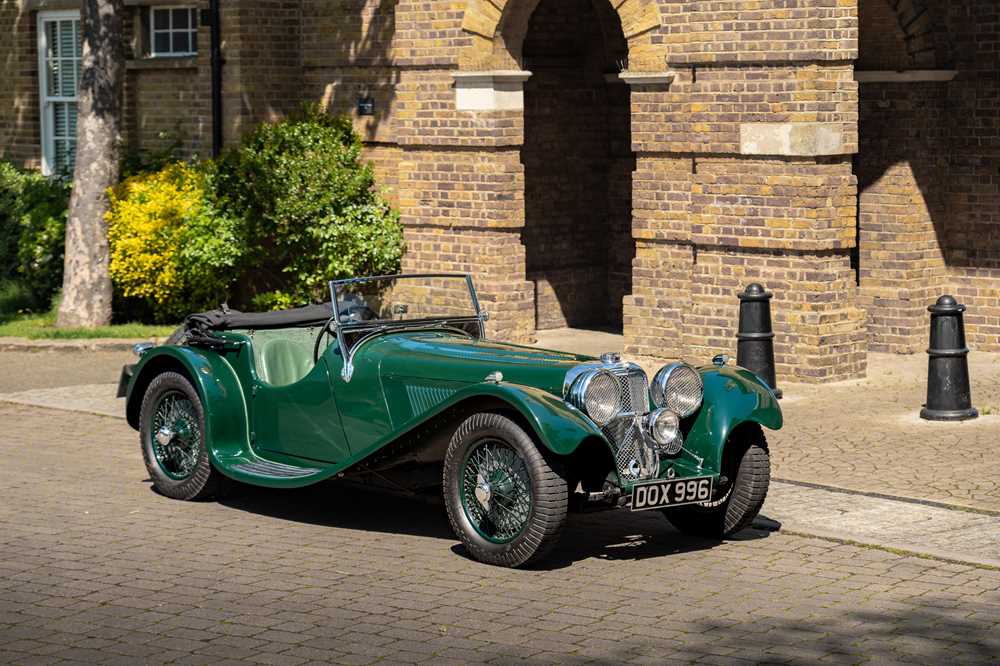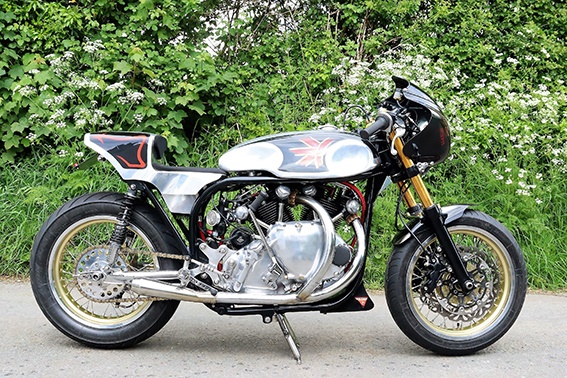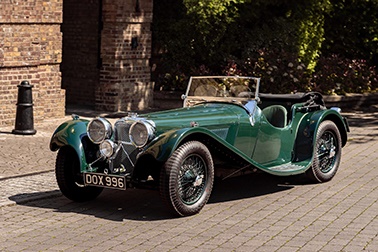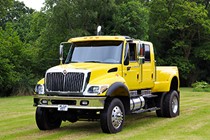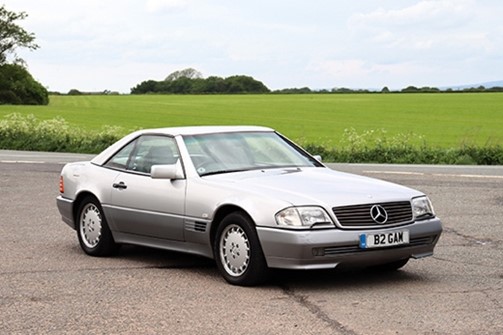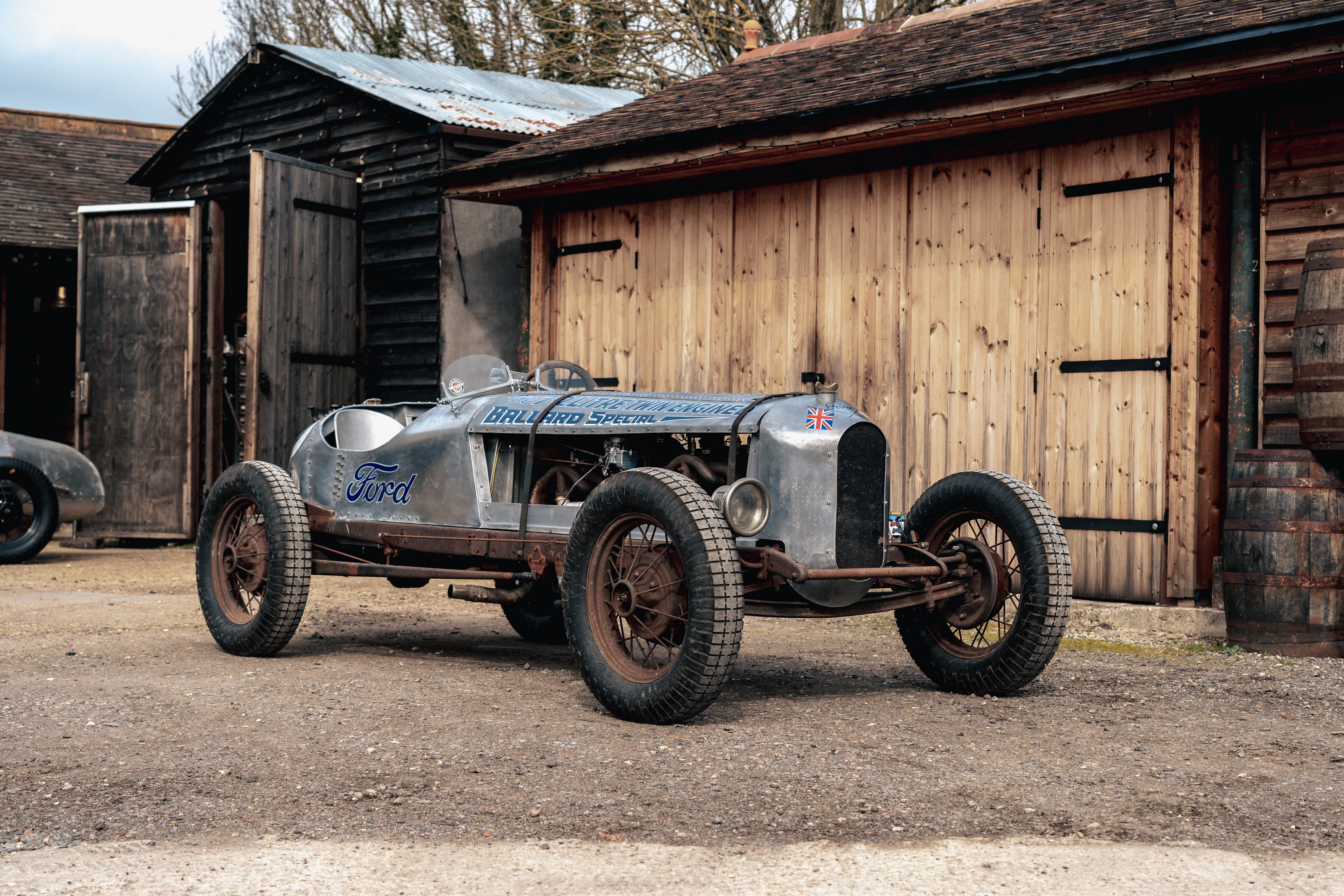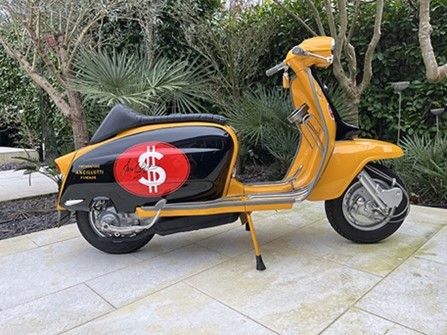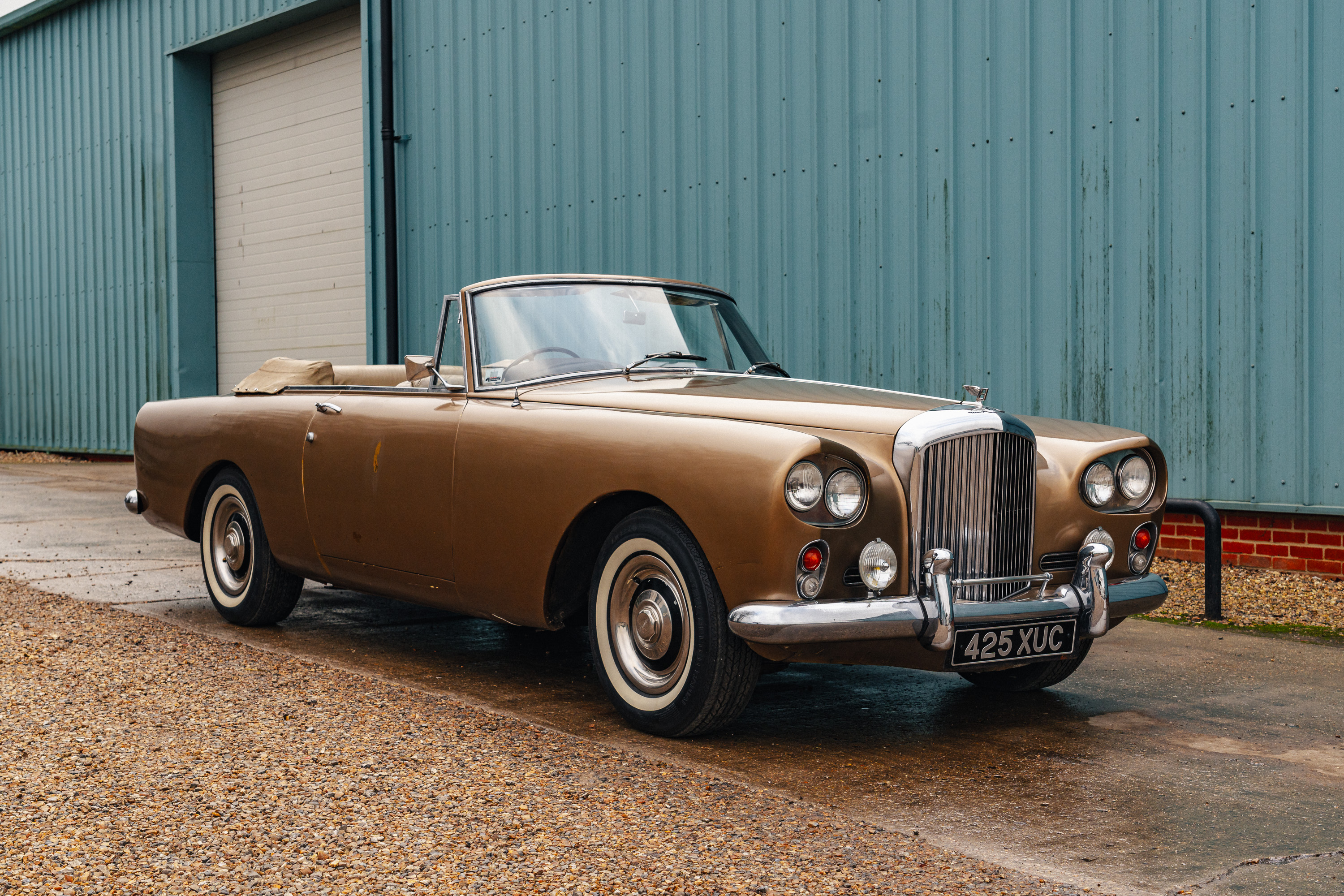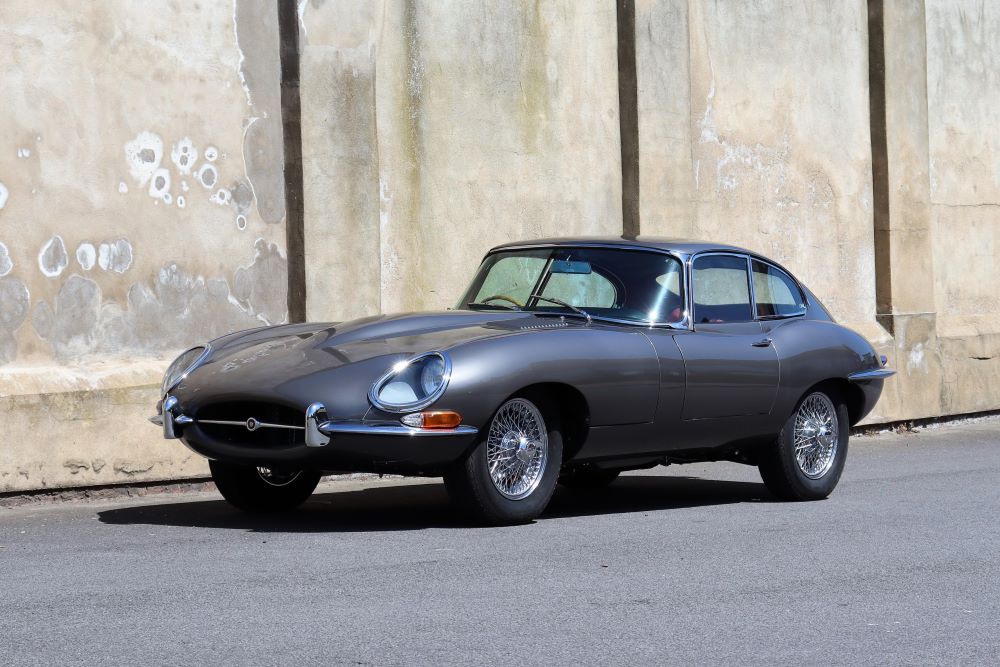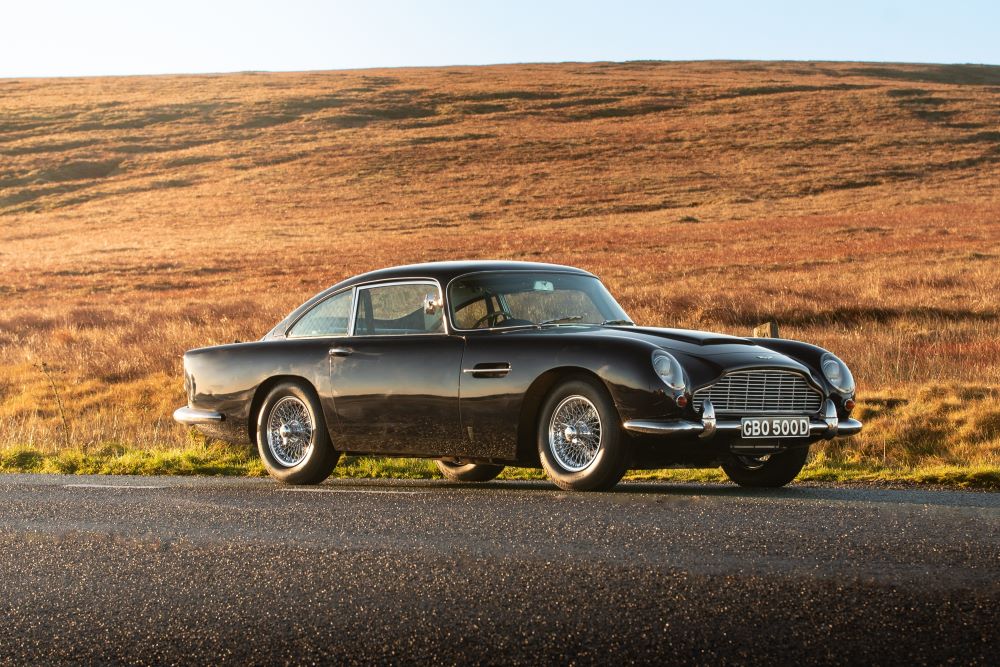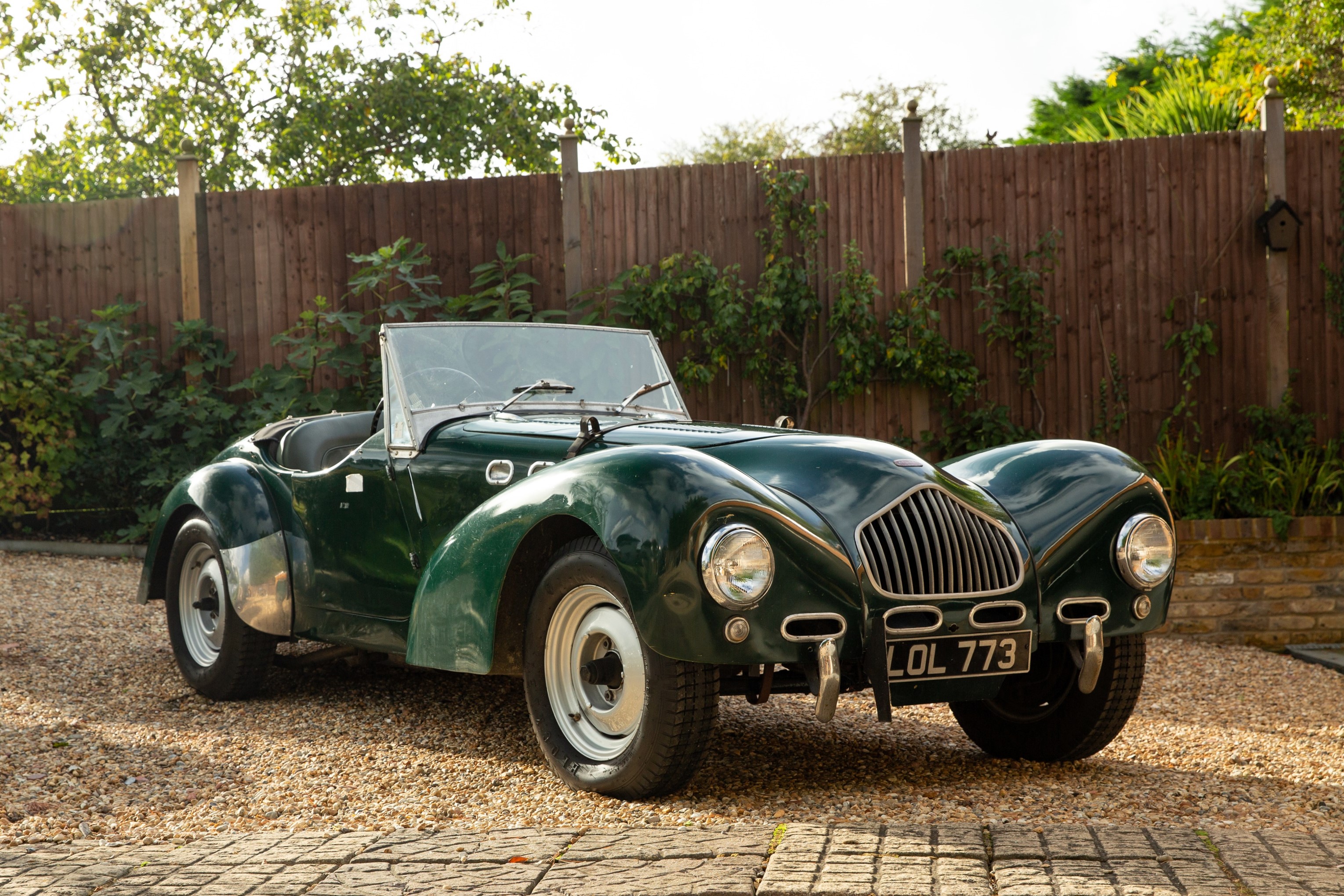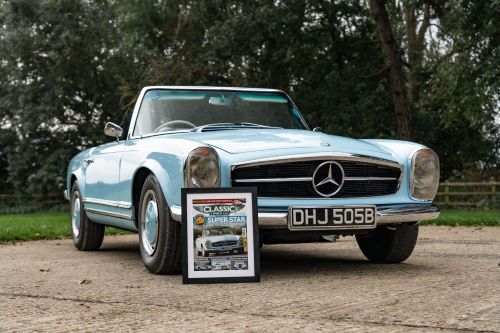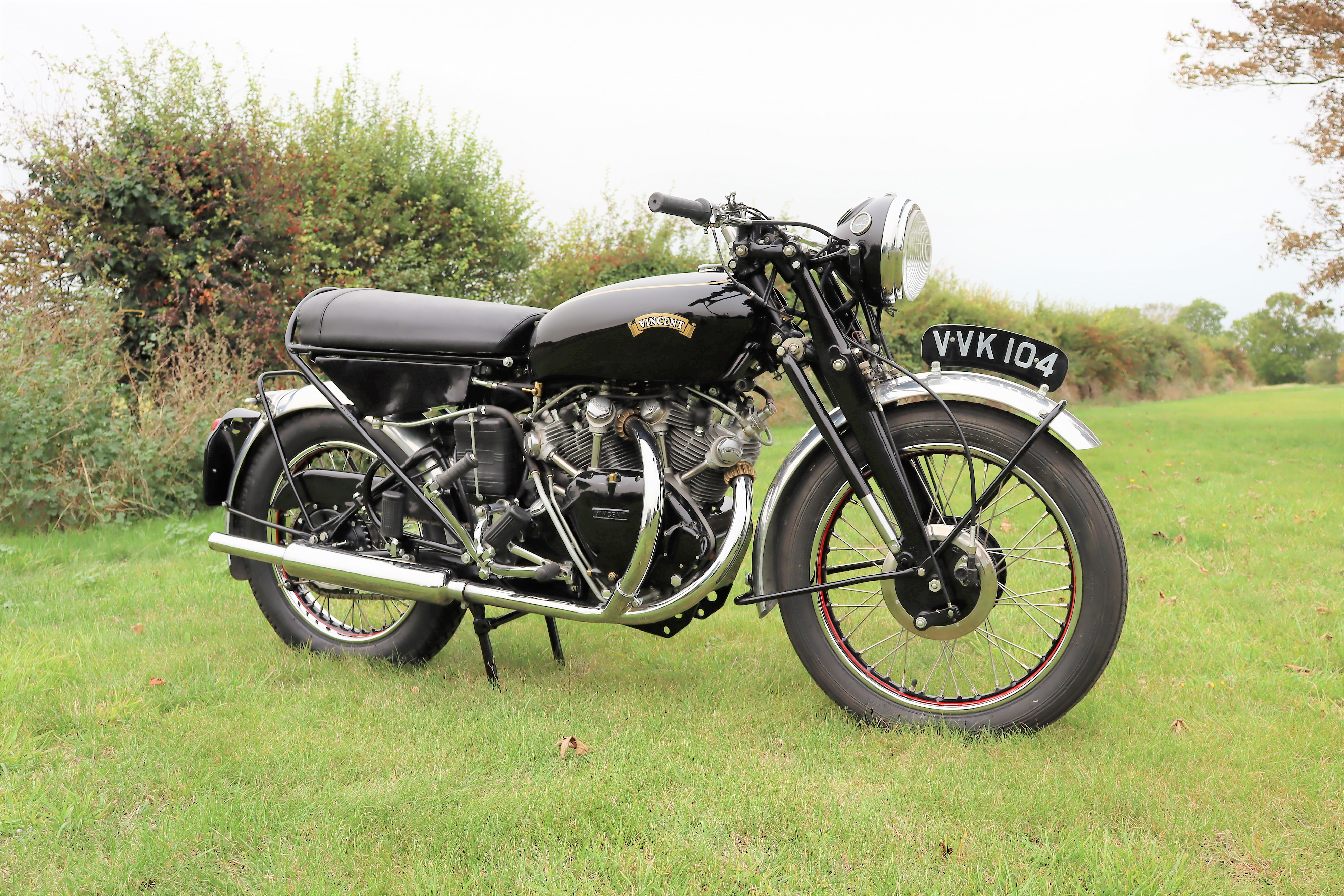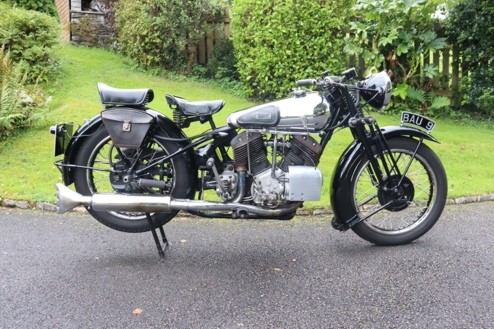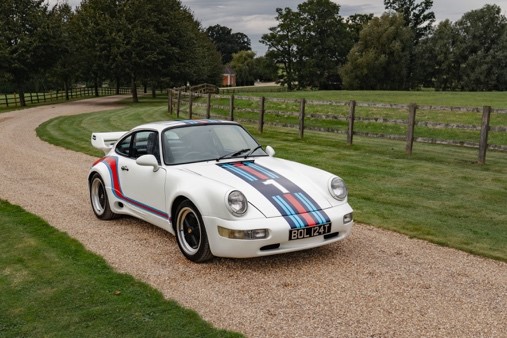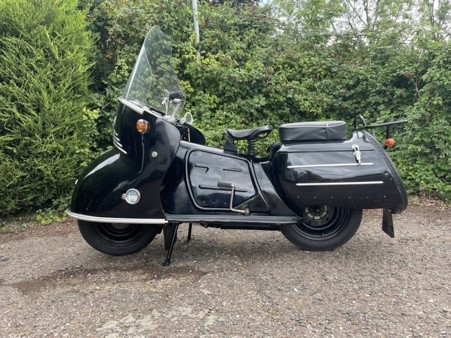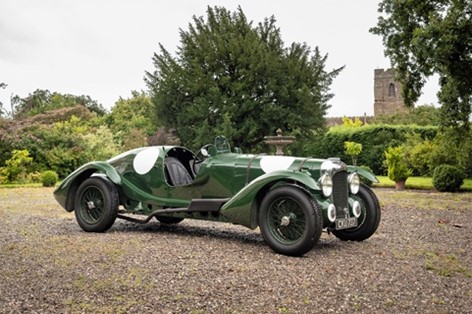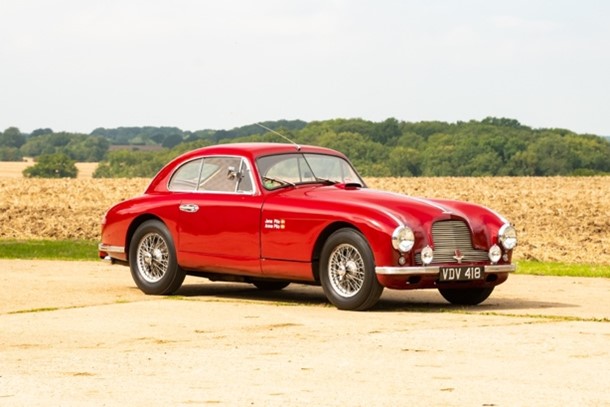16th Jun, 2012 14:00
RREC Rockingham Castle
1929 Rolls-Royce Phantom II Short-Coupled Saloon
Sold for £92,250
(including buyers premium)
Registration No: Un-Reg
Chassis No: 33WJ
Mot Expiry: T.B.A.
The Phantom II was the third and last of Rolls-Royce's 40/50 models and replaced the 'New Phantom' (retrospectively dubbed the Phantom I) in 1929. It employed an improved version of its predecessor's 7668cc straight-six powerplant (the updates included a new crossflow cylinder head) mounted in an all-new chassis that featured semi-elliptic springs all round for the first time. Along with other changes to the drivetrain, this allowed the frame to ride lower than before, improving the handling. The all-wheel servo-assisted brakes were carried over from the Phantom I, while the Bijur centralised lubrication system used on the US-specification Phantom Is was adopted for Phantom II chassis from both sides of the Atlantic. The four-speed manual transmission was now bolted directly to the engine, with power being transmitted to the rear wheels via an open driveshaft and hypoid bevel axle. Some 1,680 Phantom II chassis are understood to have been laid down between 1929 and 1936 when the model was superseded by the Phantom III.
The order for the stunning Phantom II being sold was placed on June 14th 1929. The resulting chassis came off test on August 16th and was duly shipped from London to Boulogne. Originally referred to as a Sedanca de Ville, the body subsequently completed by Weymann was later described on the build card as a Short Coupled Saloon, but could also be considered as a Fixed Head Coupe (plus dickey seat). Fitted with landau irons for ornamentation alone, the motorcar lacks the side-mounted spare wheels so typical of the period, using instead a less intrusive single one at the rear.
The car has frequently been associated with the celebrated writer Ernest Hemingway, though no such link has ever been irrefutably proven. Apparently there are records at the Henry Royce Foundation, Paulerspury that feature the name Hemingway (sometimes spelt 'Hemmingway'), but there is no indication of an initial, first name or address. The build card for chassis number 33WJ records it as having been delivered via Automobiles Rolls-Royce France (the Paris concessionaires) to coachbuilders Société Weymann, specifically for the attention of C T Weymann.
Charles Weymann was a celebrated inventor. Having patented a system of body construction involving a flexible and silent wood frame with metal joints and fabric covering, he not only utilised the technique to advantage in his own factory, but licensed the process for others to operate. At one time there were well over 100 other coachbuilders around the world making good use of his patented system. It was in 1921 that he unveiled Société Weymann in the Rue Troyon, Paris. The first bodies resulting were produced on French chassis such as Delage, Hotchkiss, Panhard and Voisin. Eight years later Weymann developed a valuable variation of the technique, where a metal skin was substituted for the previous fabric. This elegant Phantom II was bodied using this much vaunted metal panel technique.
The sale car is believed to have been exhibited at the October 1929 Paris Salon, most likely on the Weymann stand where its sister car - chassis number 34WJ - a bright Yellow Limousine, was also displayed. Its last known appearance in France relates to a factory photo taken during April 1930, where it carried Paris trade plates. That image, now in the Henry Royce Archives, is frustratingly captioned 'Hemingway', with no further explanation. The Rolls is, however, known to have resided in America prior to the 1960s, when photos of it appeared in The Flying Lady, the magazine of the Rolls-Royce Owners' Club.
The subject of an older restoration, the Phantom has been professionally fitted with power-assisted steering for more relaxed touring. Handsomely finished in two shades of green, its paintwork, interior and brightwork are very presentable. The chassis is well maintained and recently detailed. Combining Rolls-Royce quality, sporting two-seater coachwork, an aggressive presence and even a hint of celebrity, this car is destined to be the focal point of interest wherever it goes.
PLEASE NOTE: This vehicle may be subject to import duty.
Auction: RREC Rockingham Castle, 16th Jun, 2012
All successful bids must be paid in full by midday the day after the auction at the latest.
You can collect your new pride and joy from our venue until 1pm the day following the sale or our partners are on hand to help arrange safe transportation:
Do you have an item to sell?
If so, contact one of our friendly specialists for your free valuation by completing the form below and someone will get back to you as quickly as possible.
If you prefer to speak to humans, don't hesitate to call our office on +44 (0)1925 210035
Other lots in this sale
